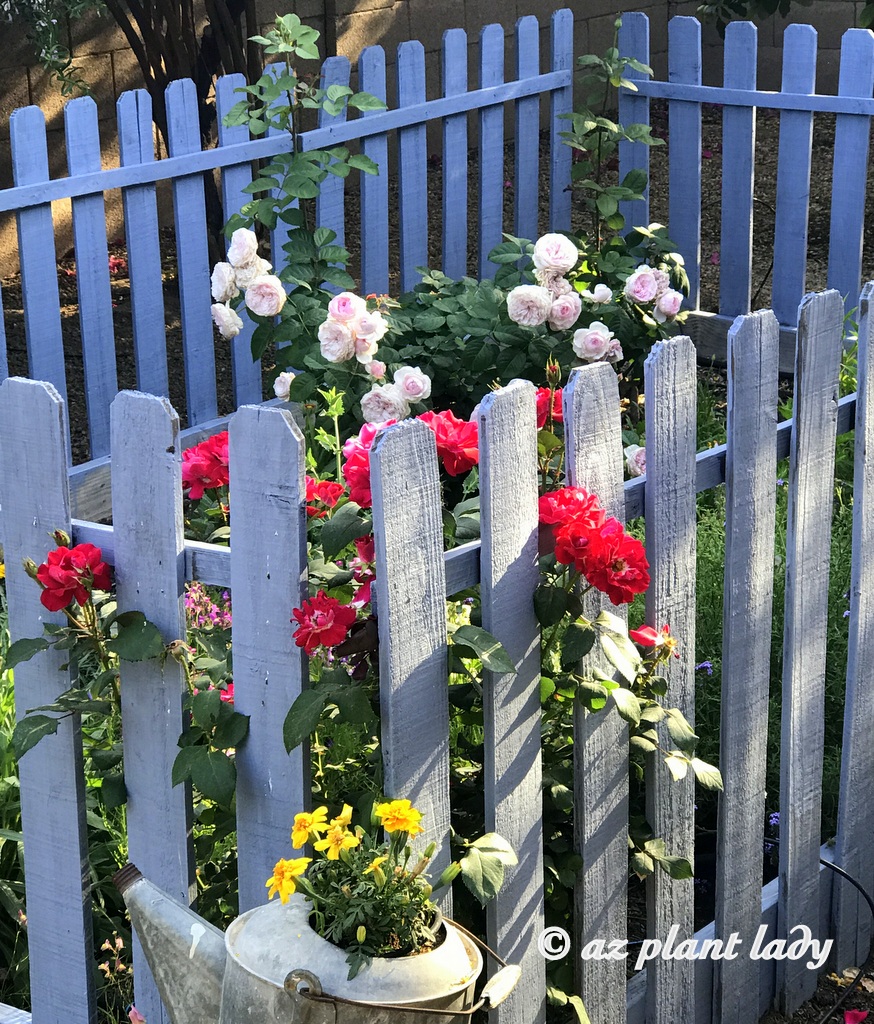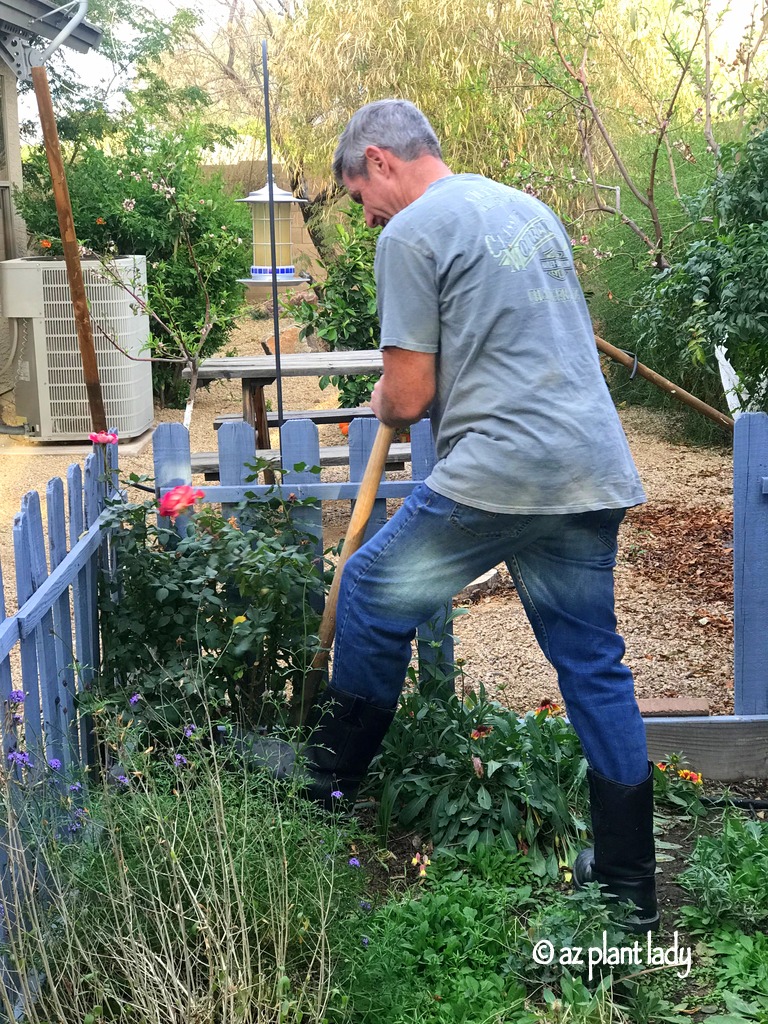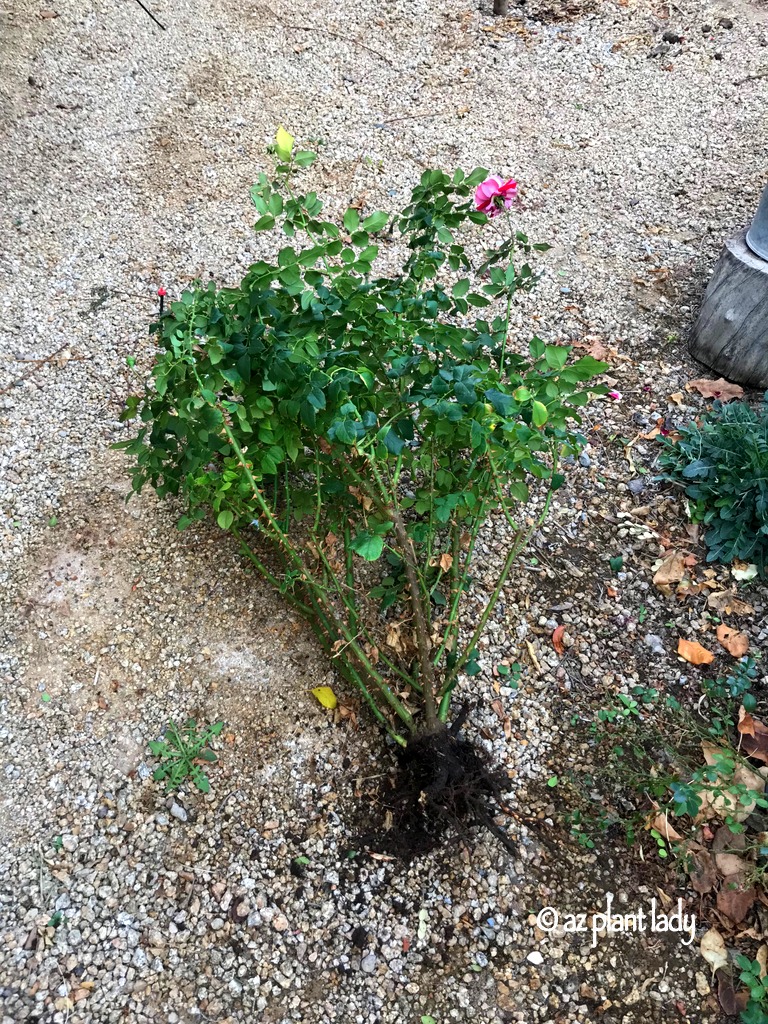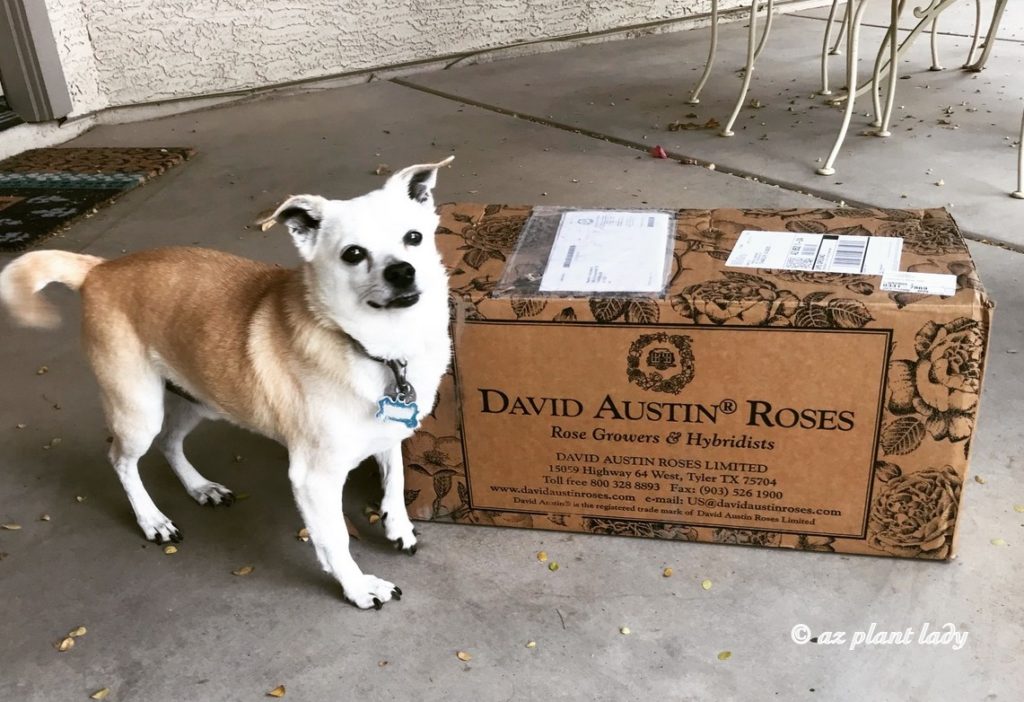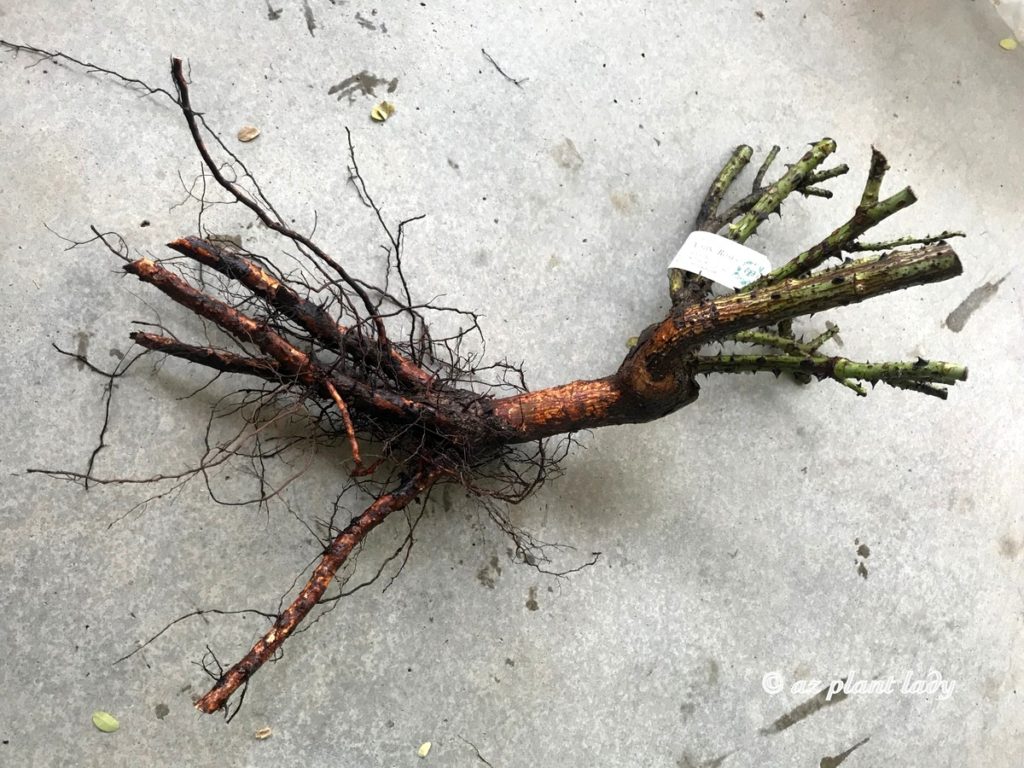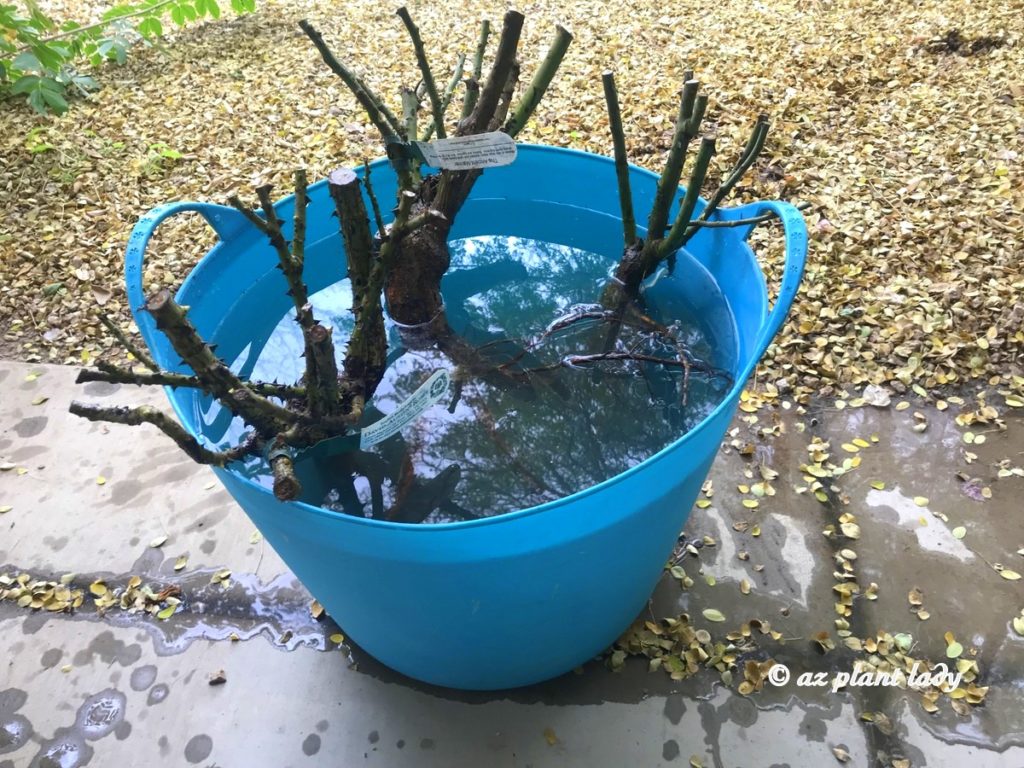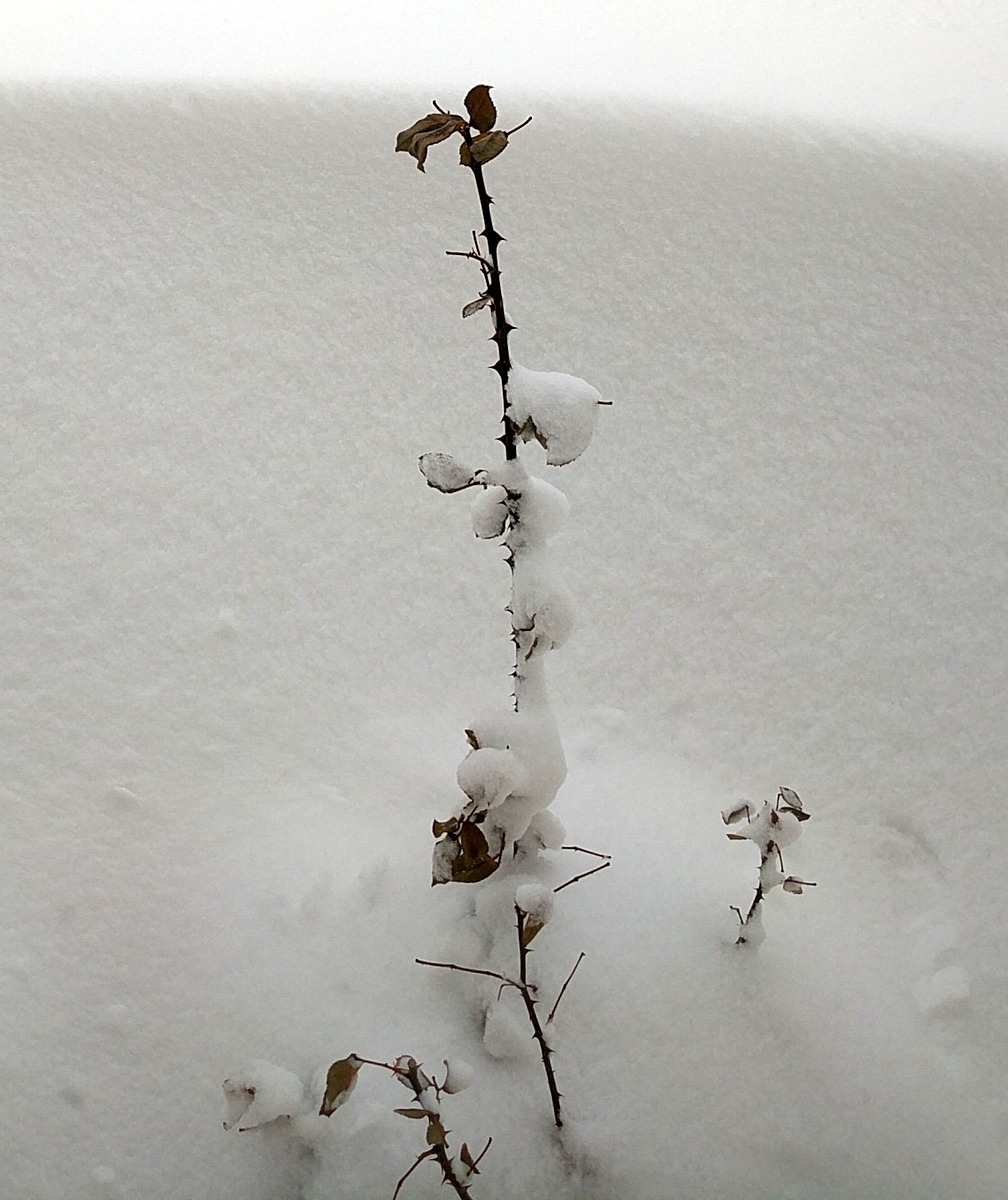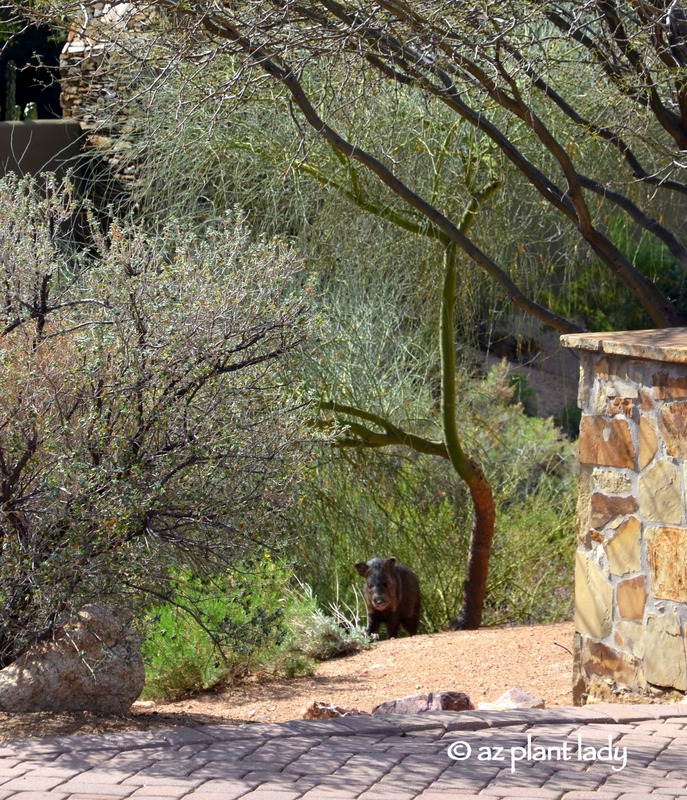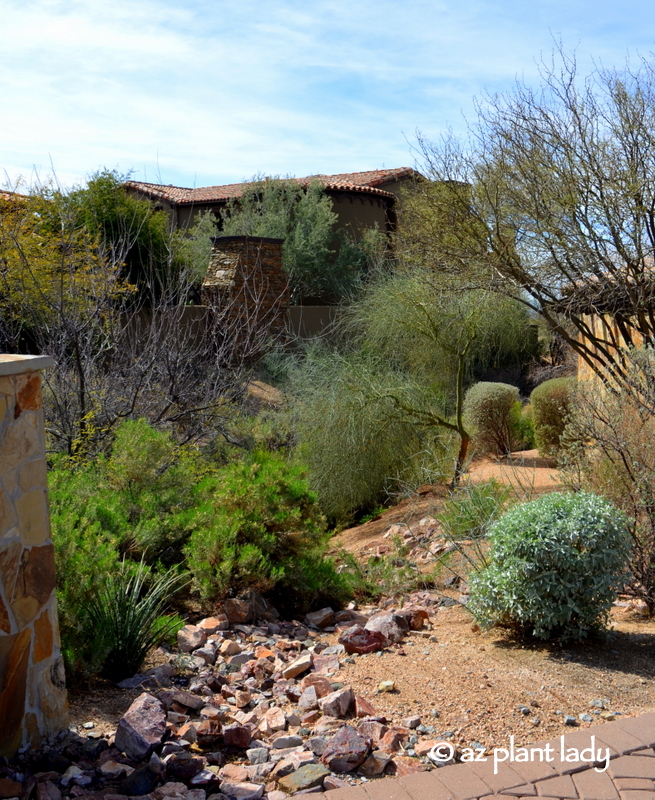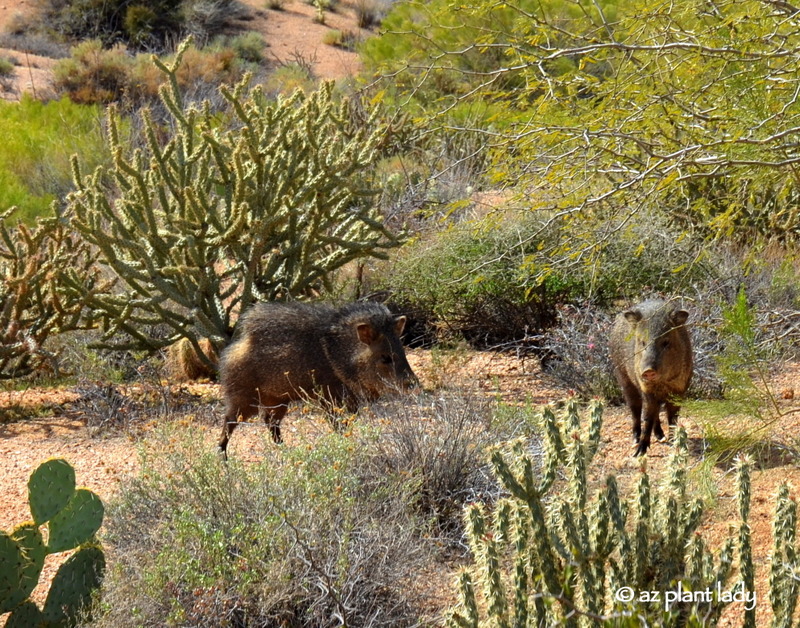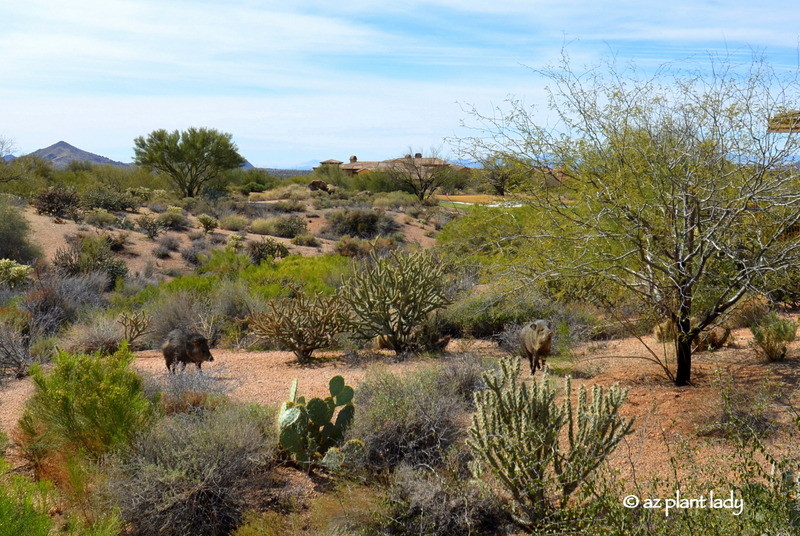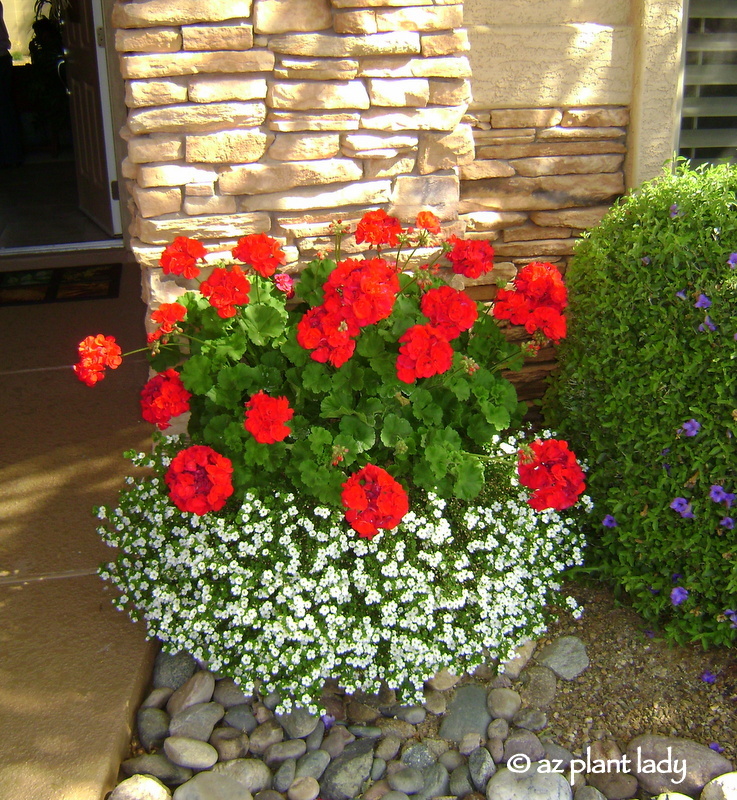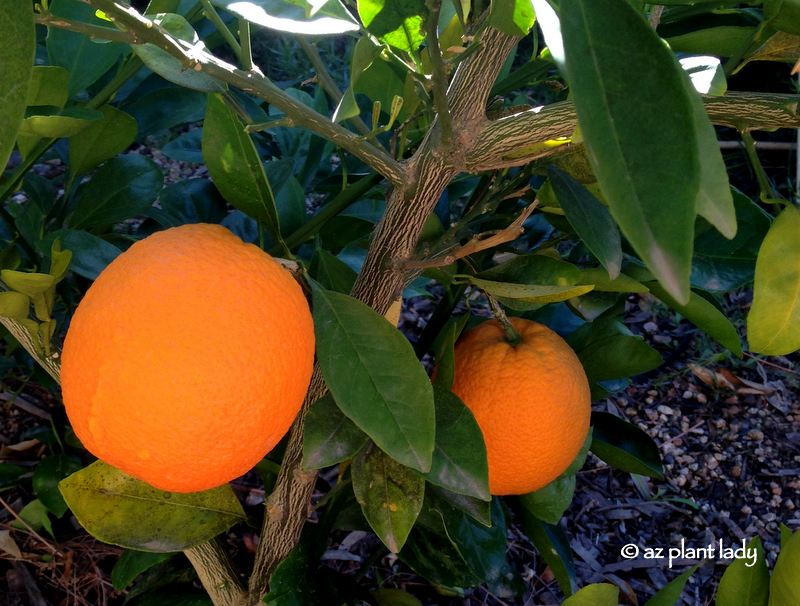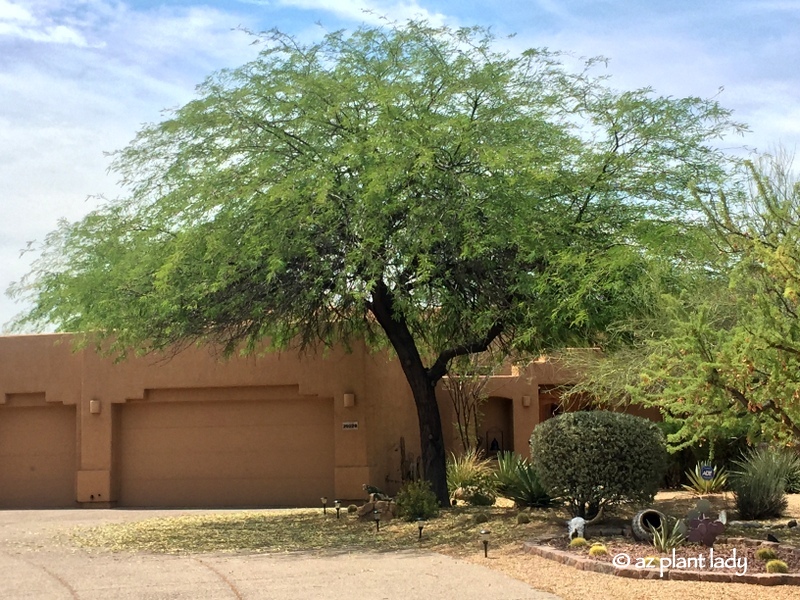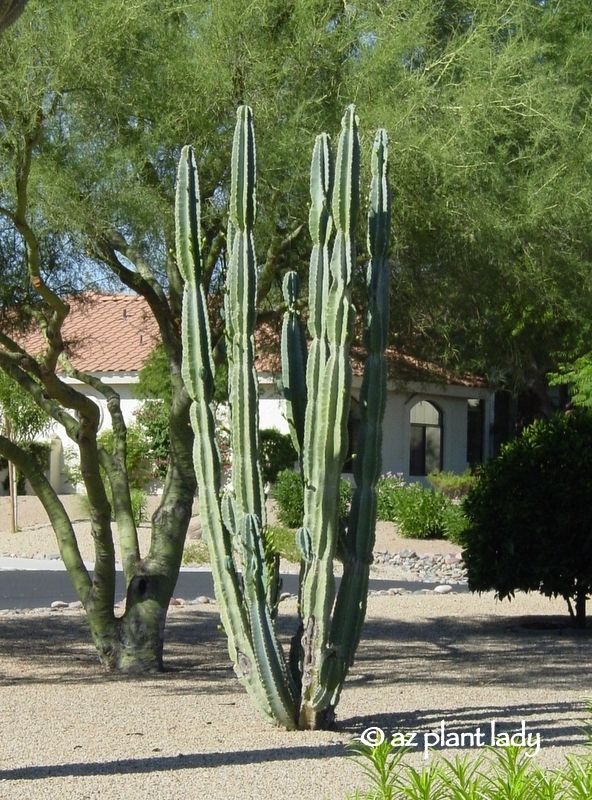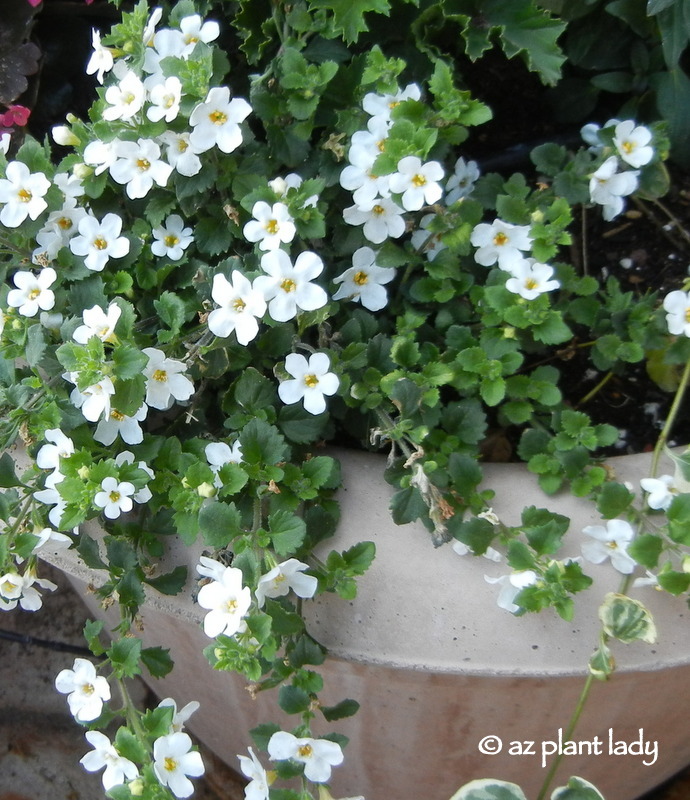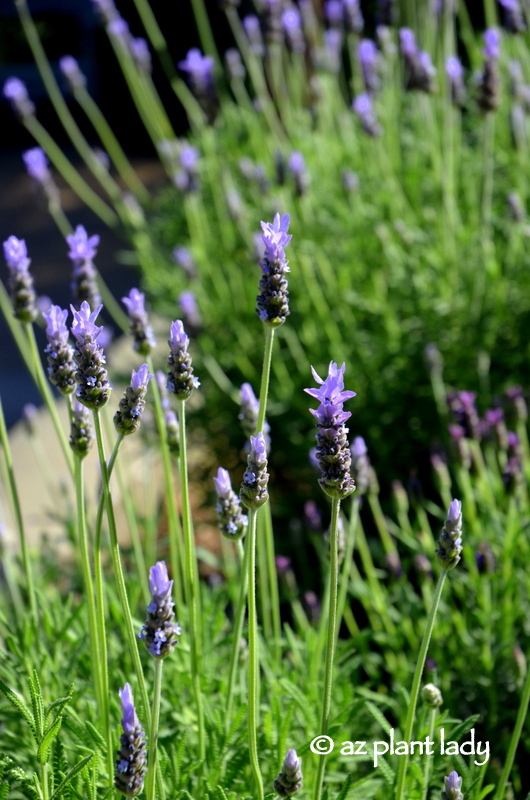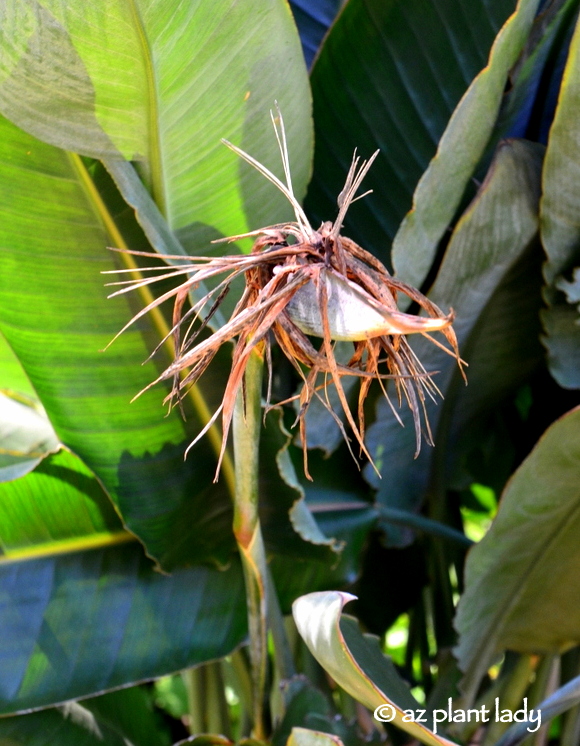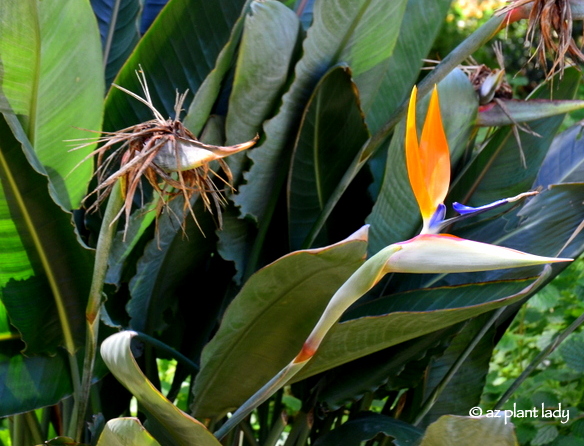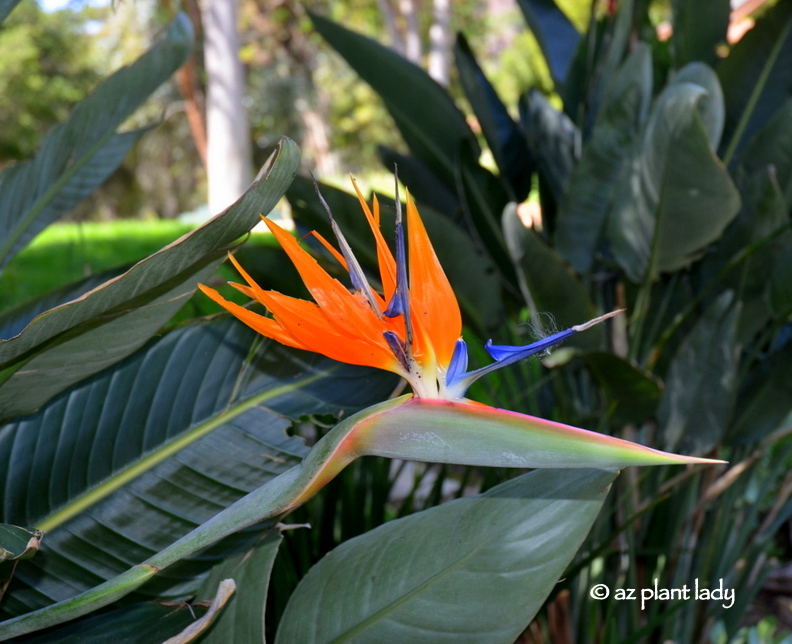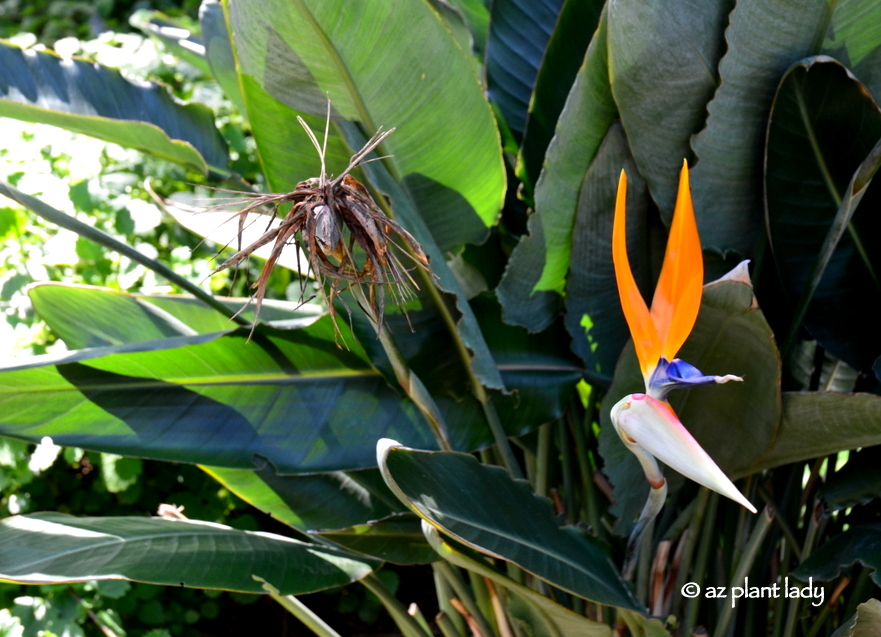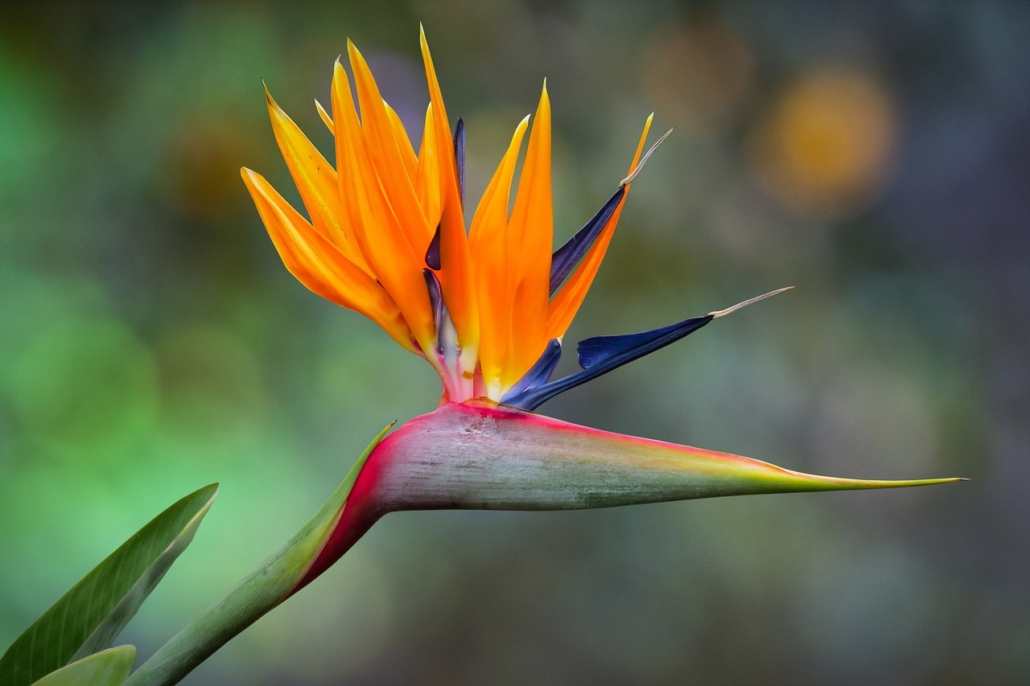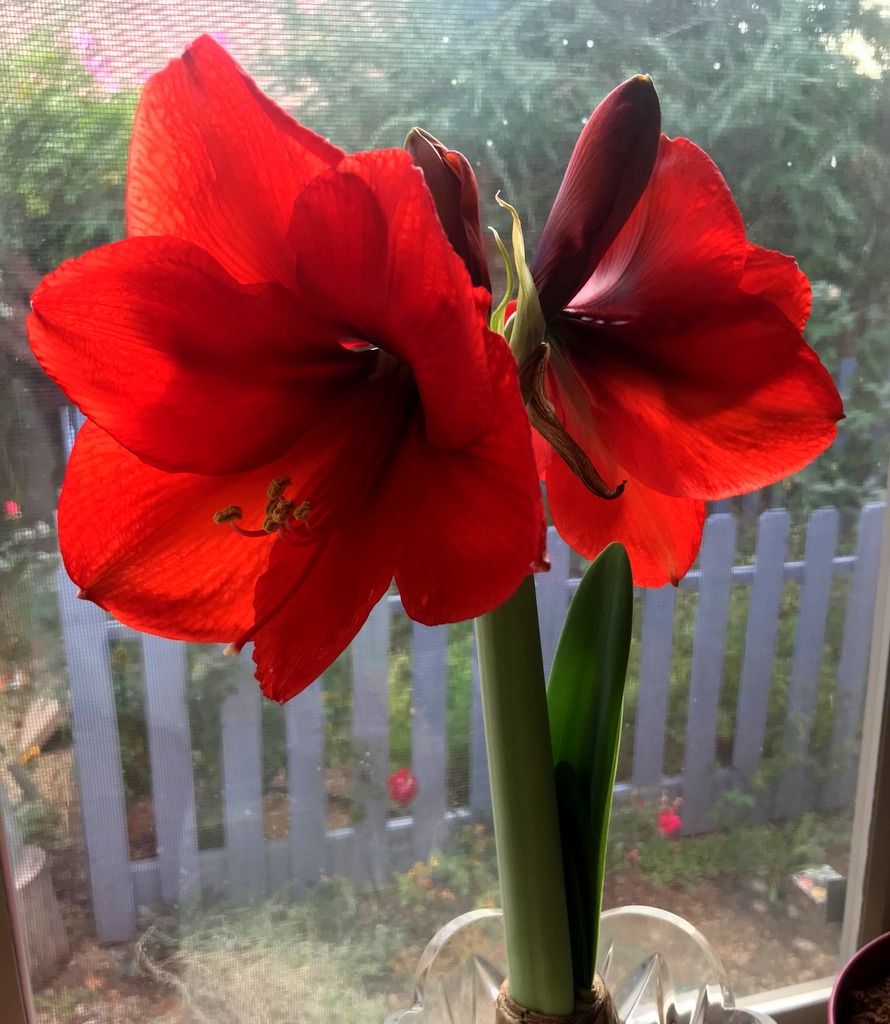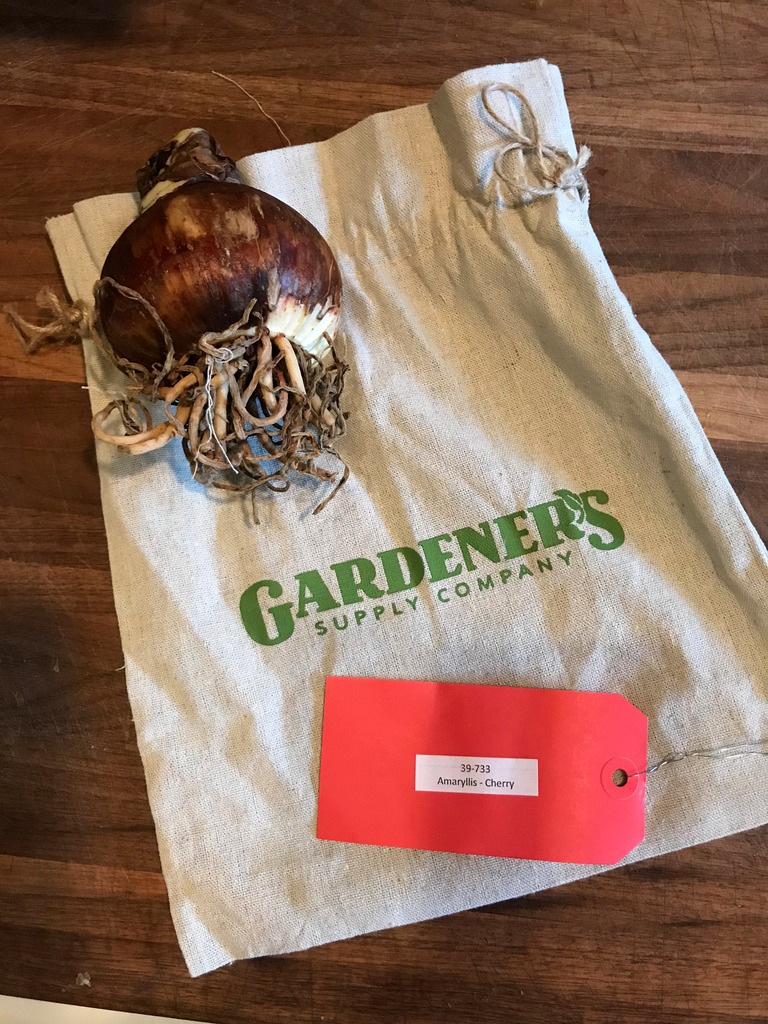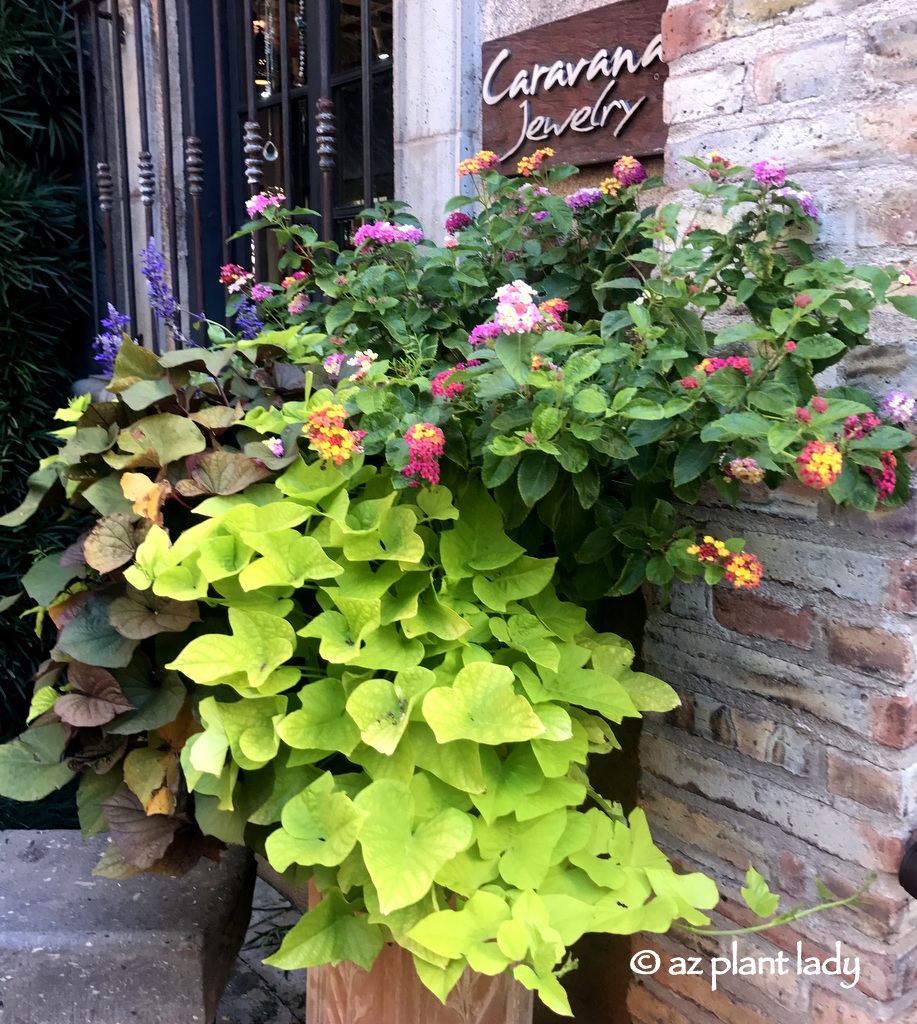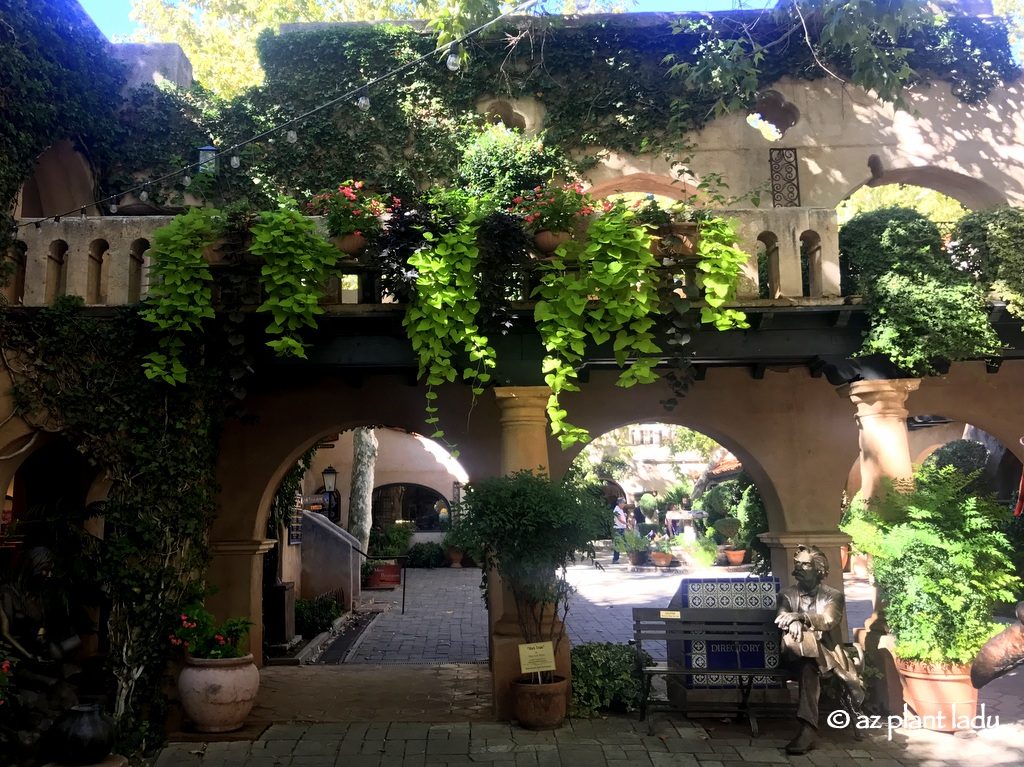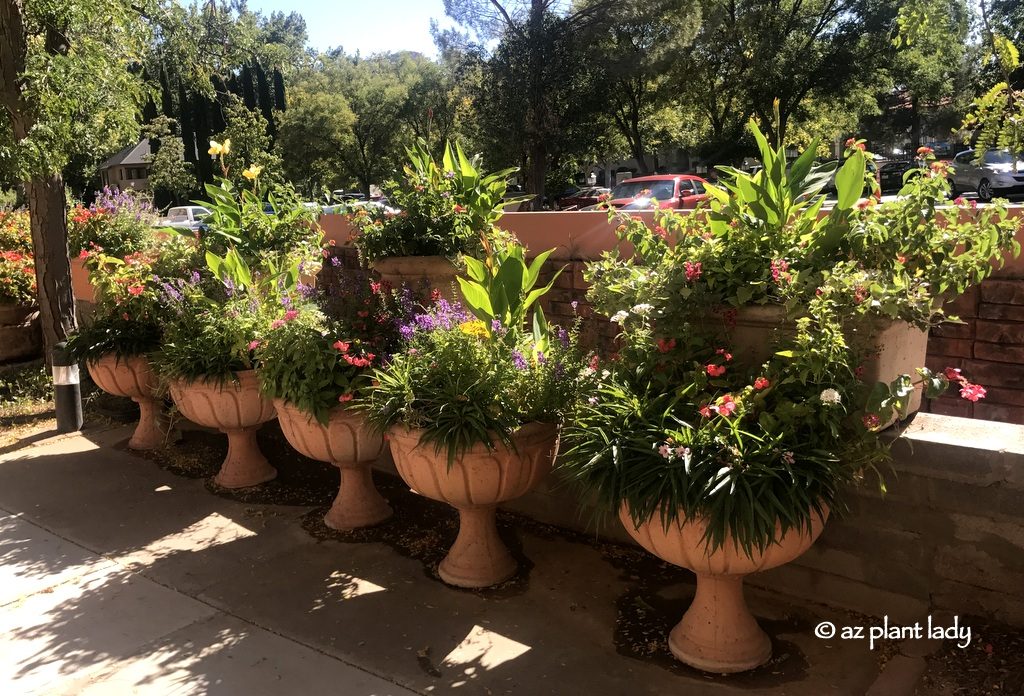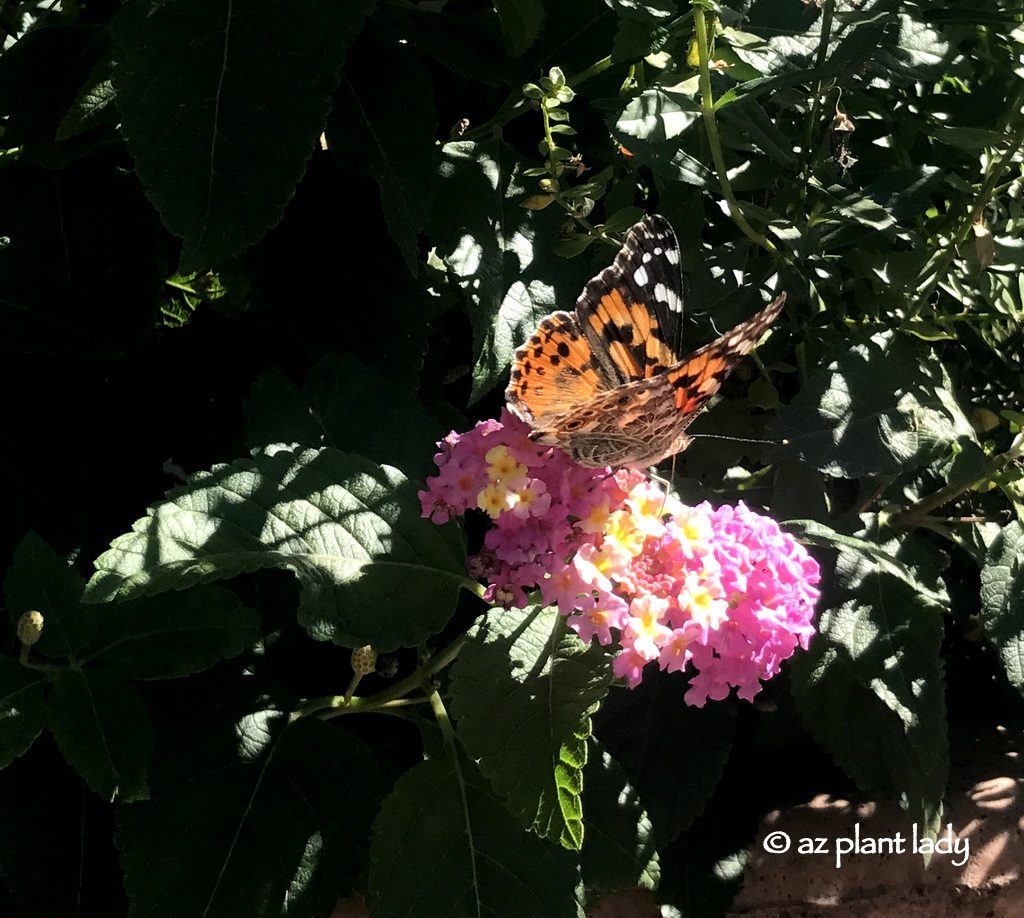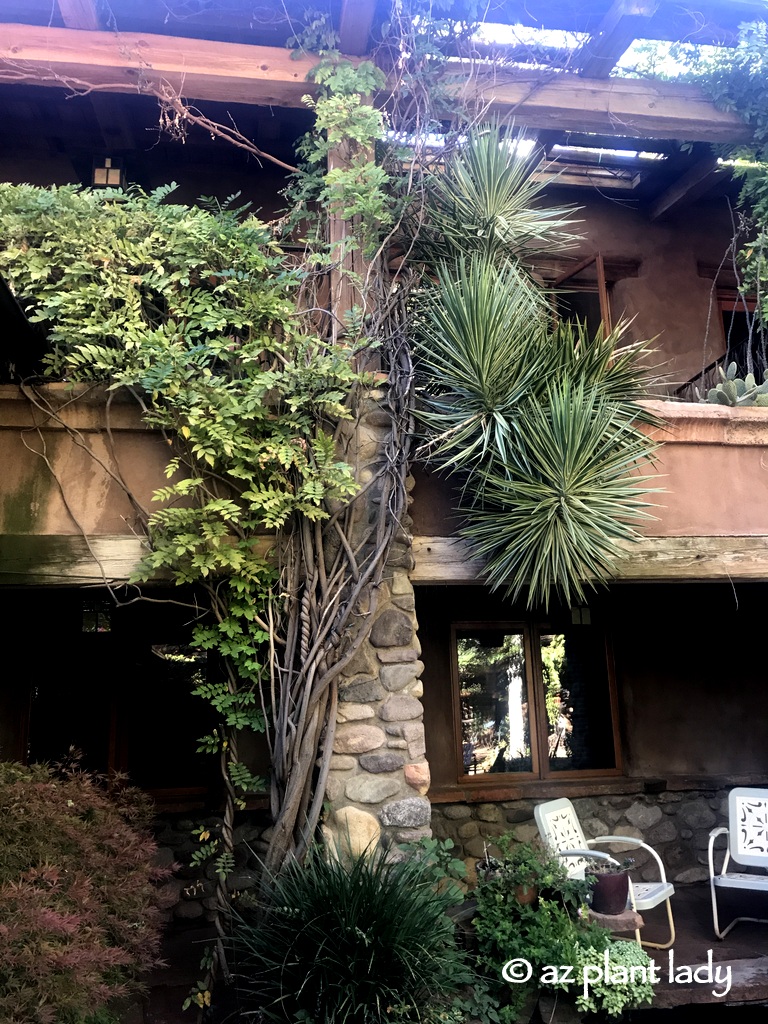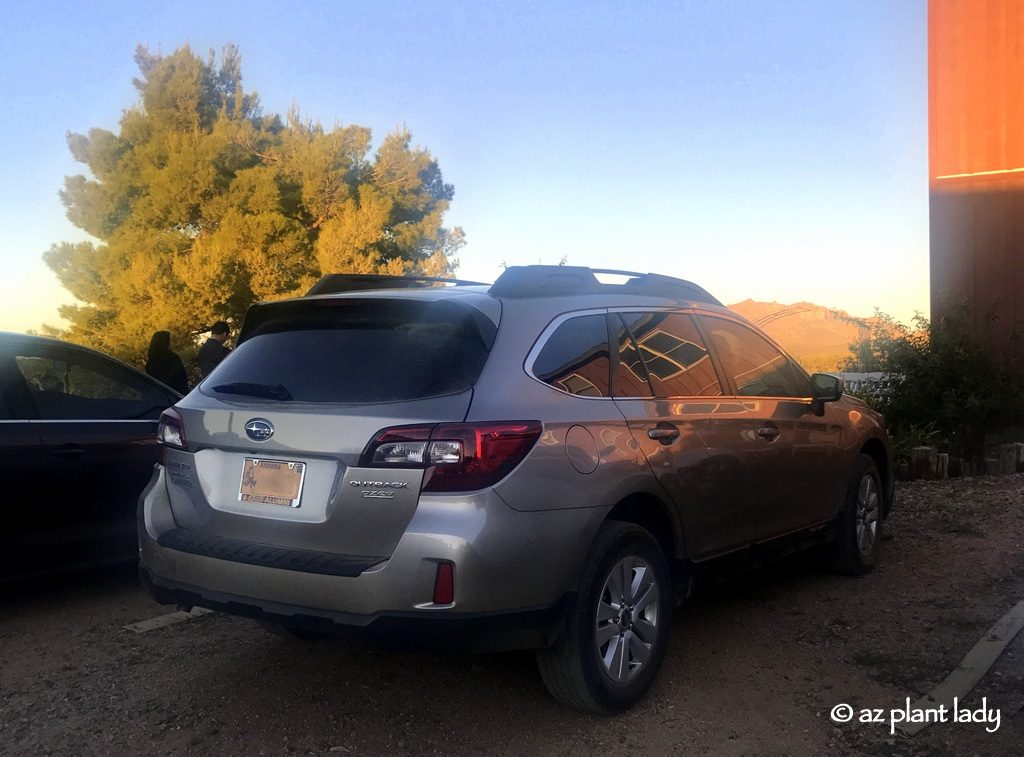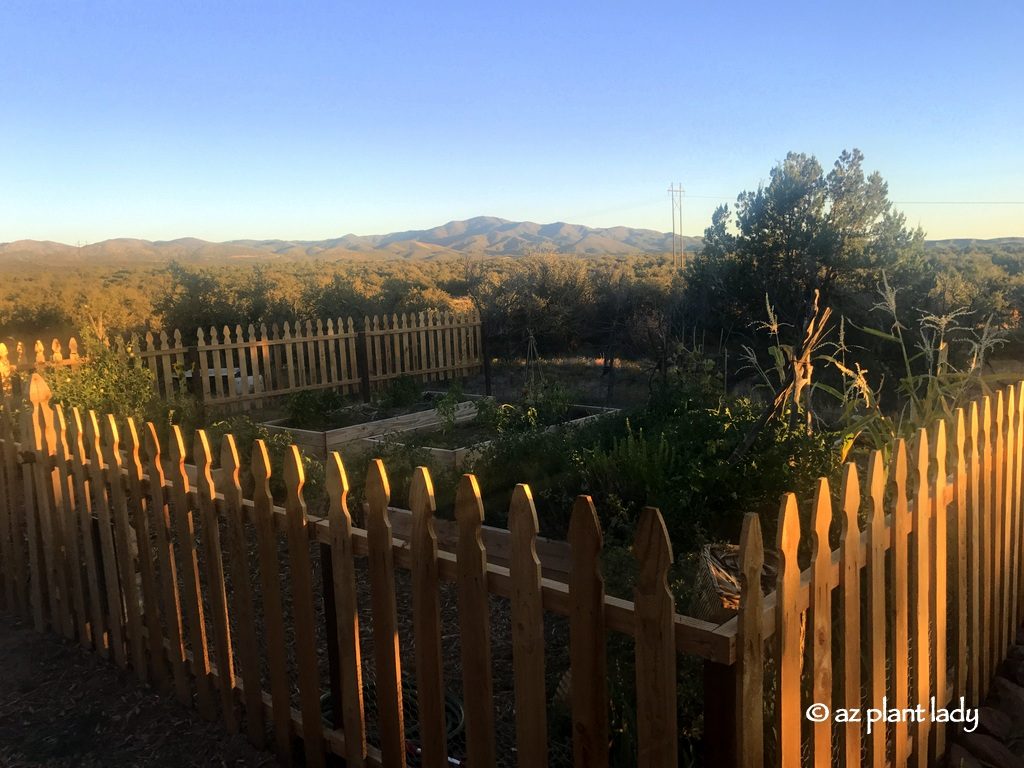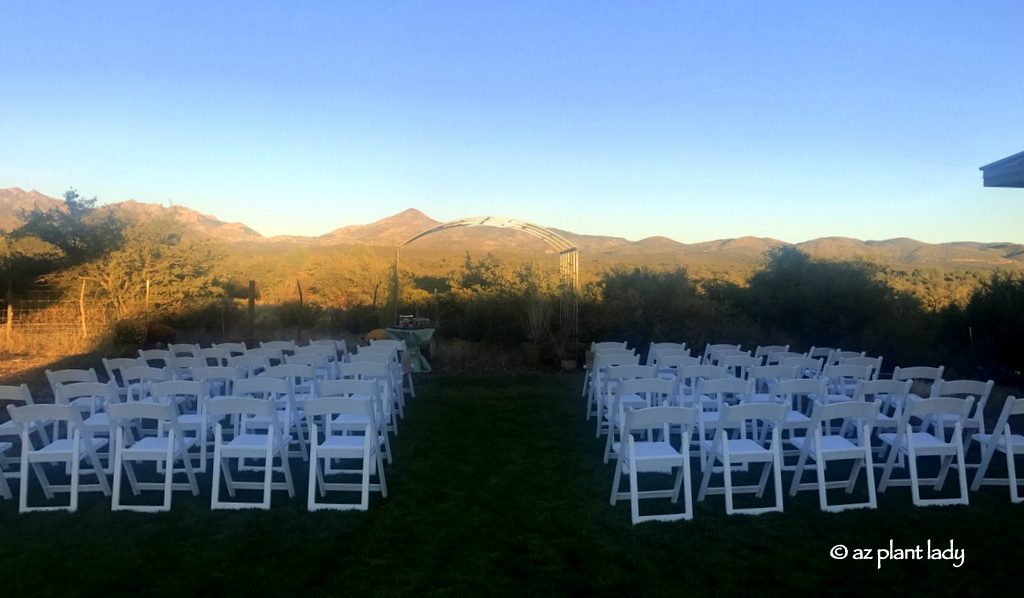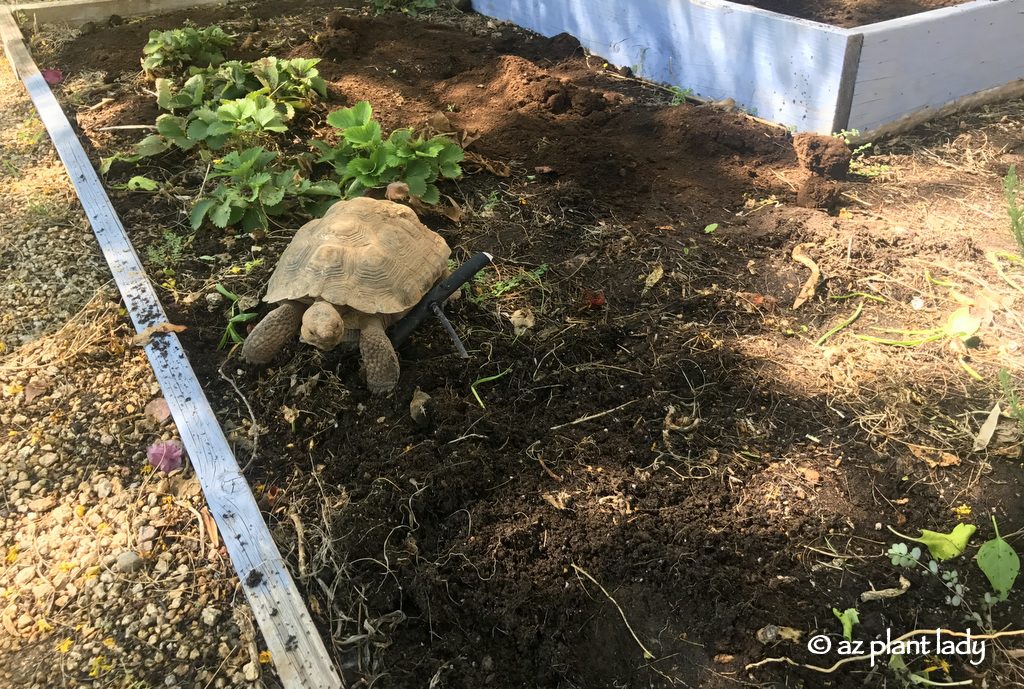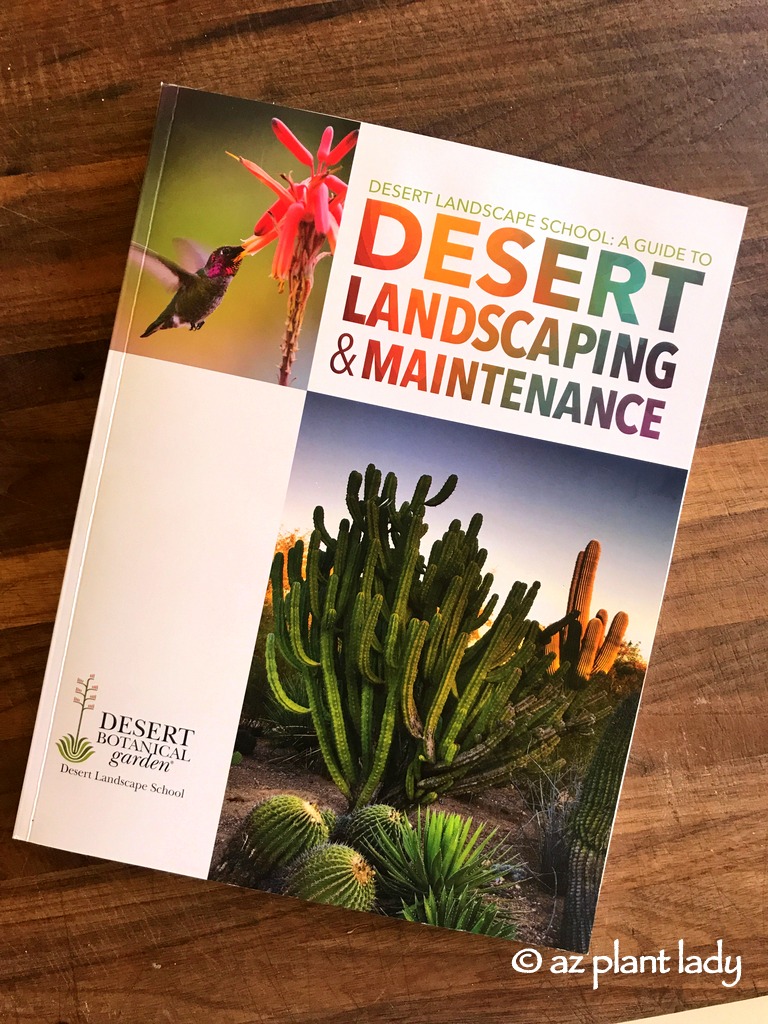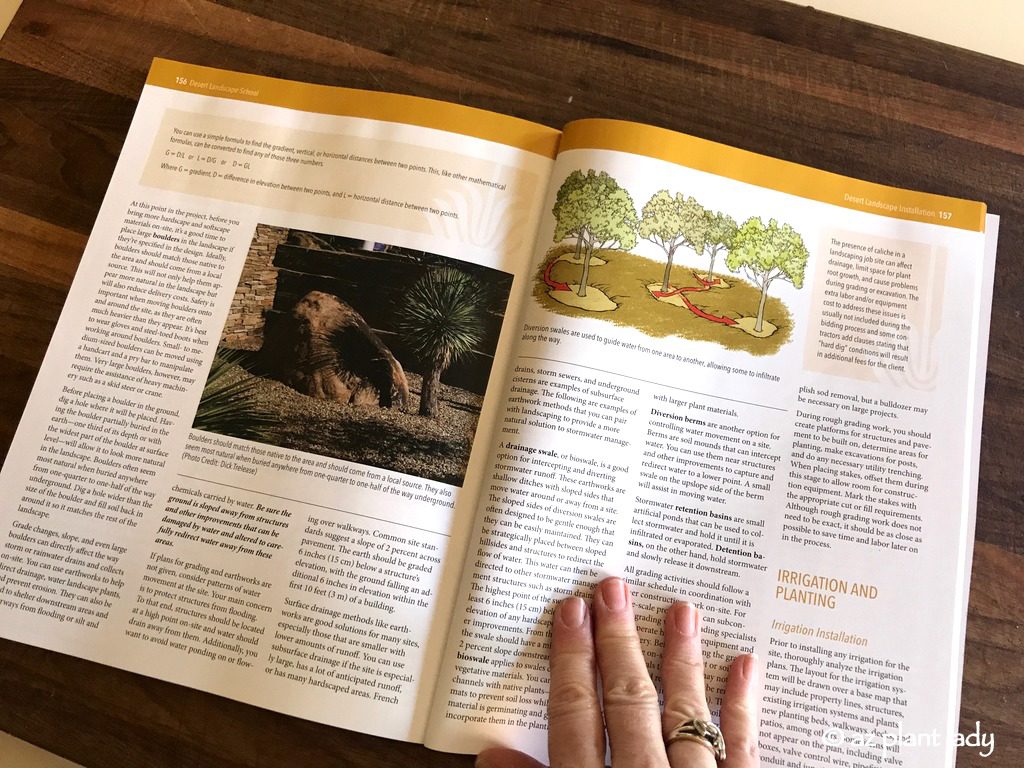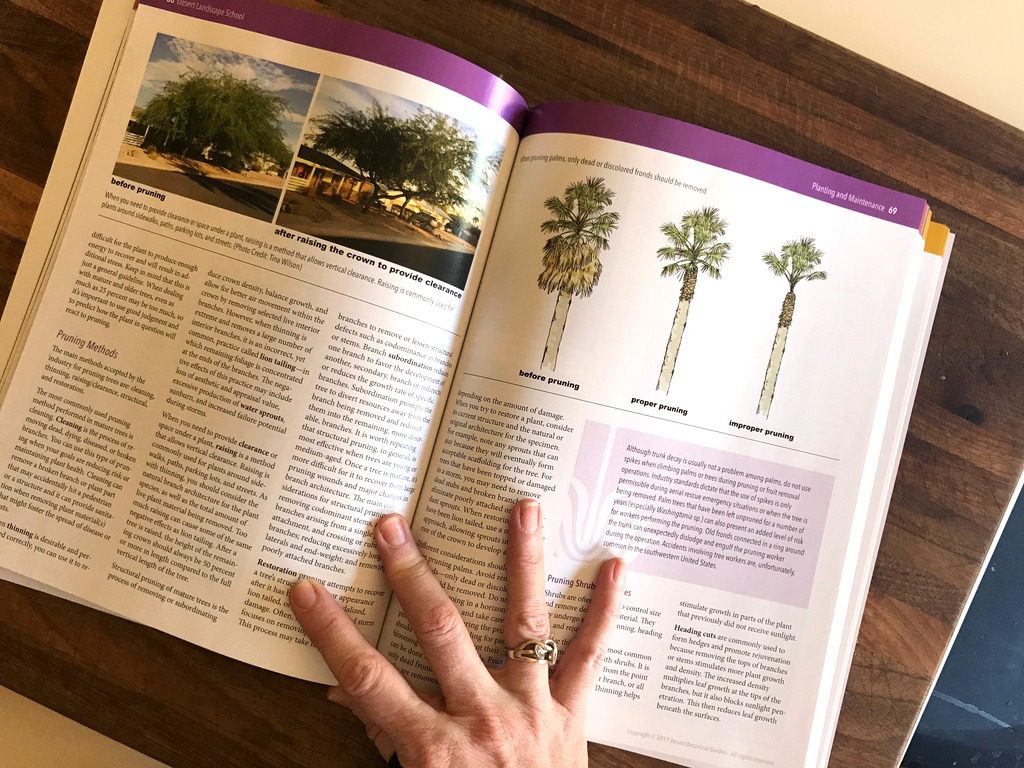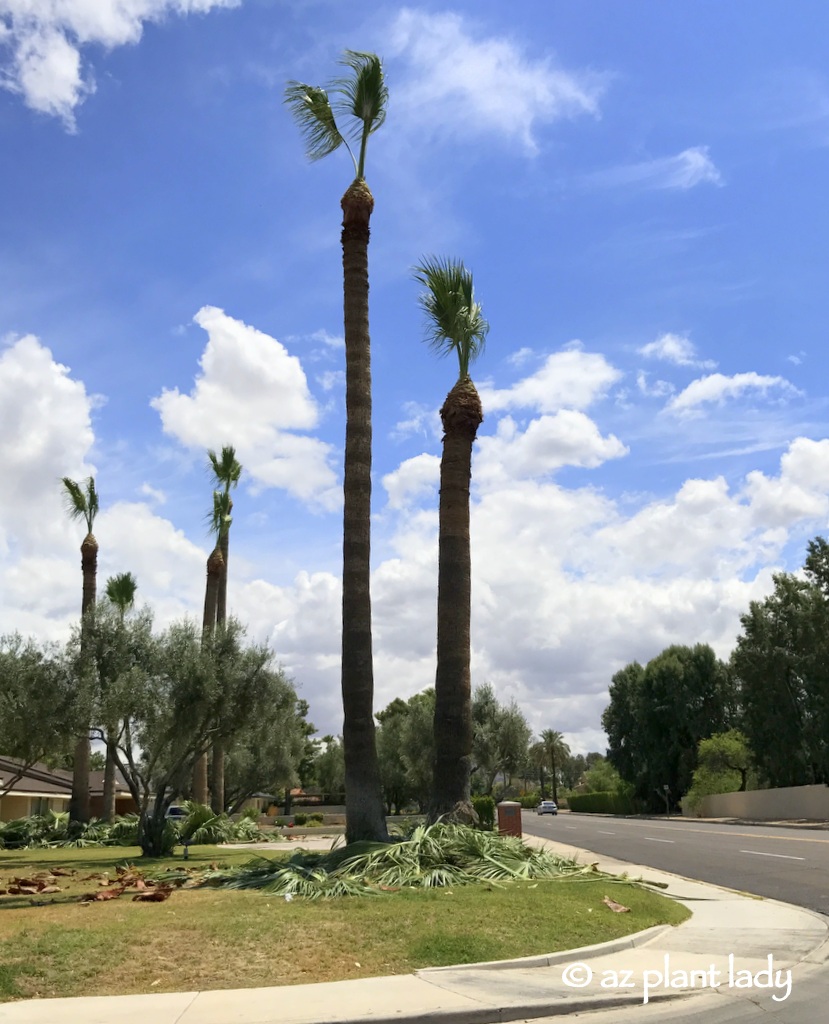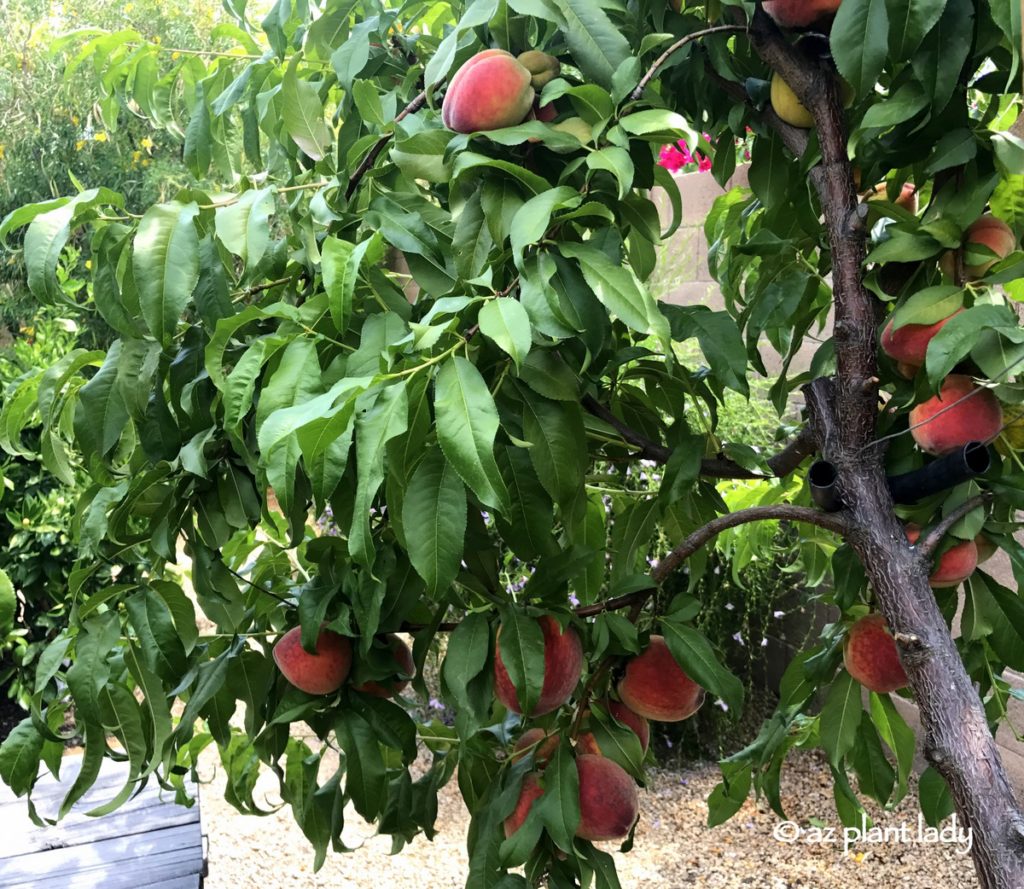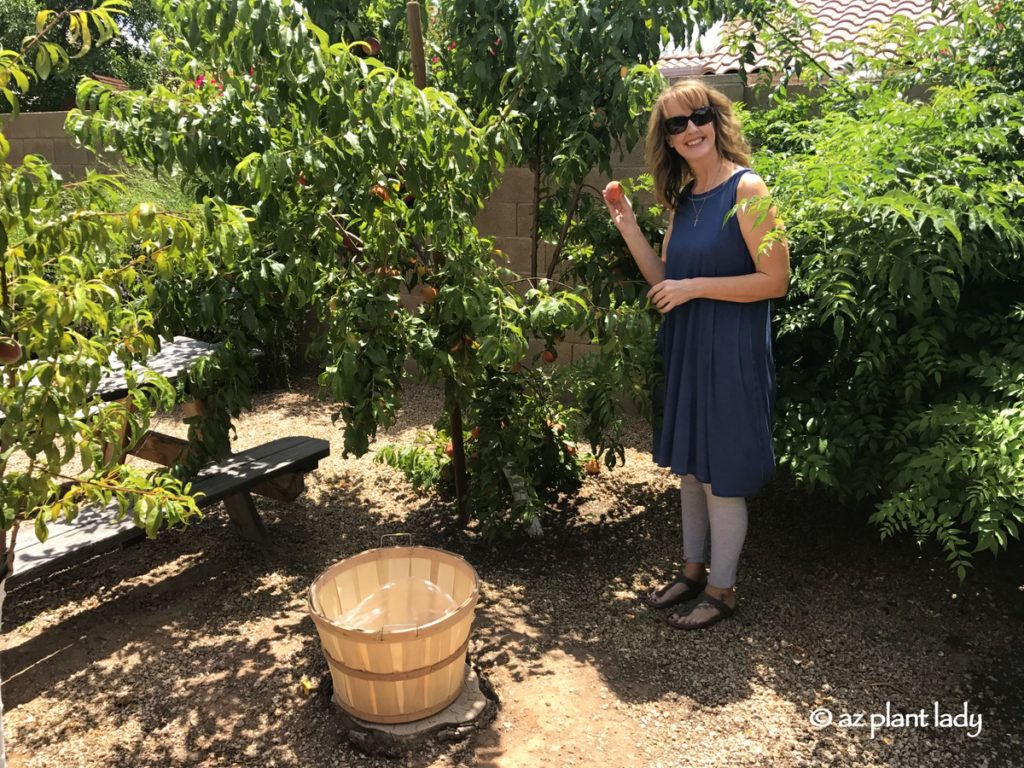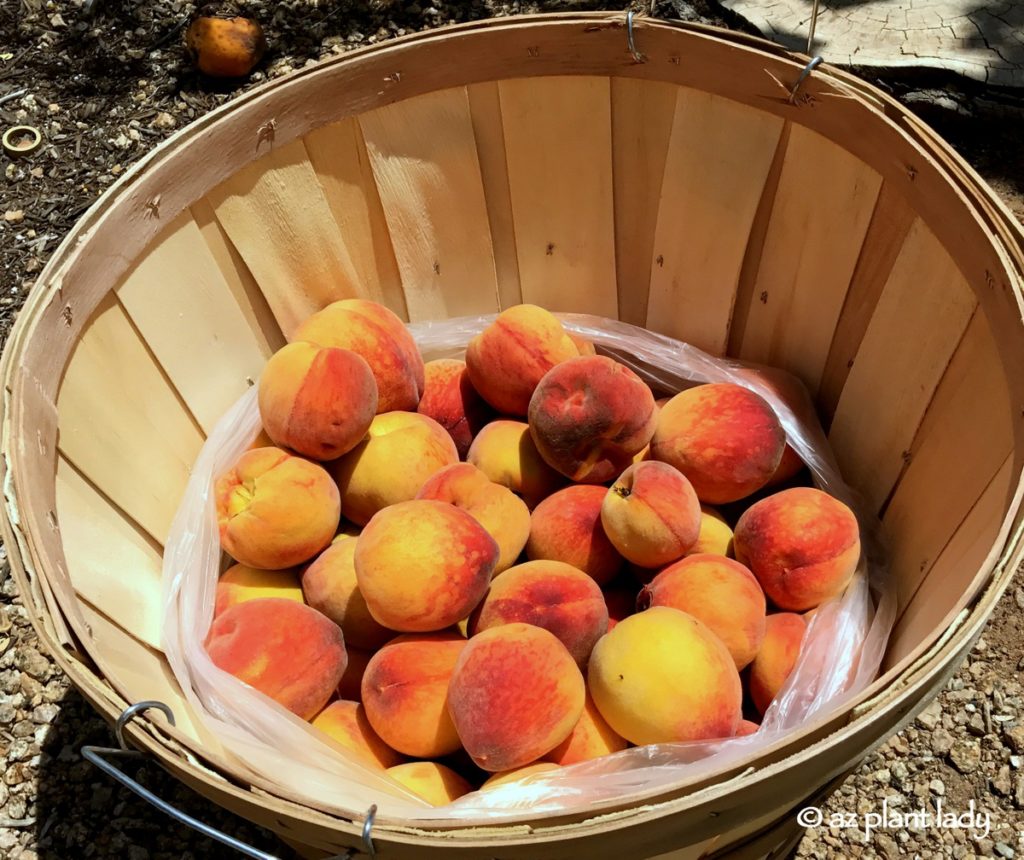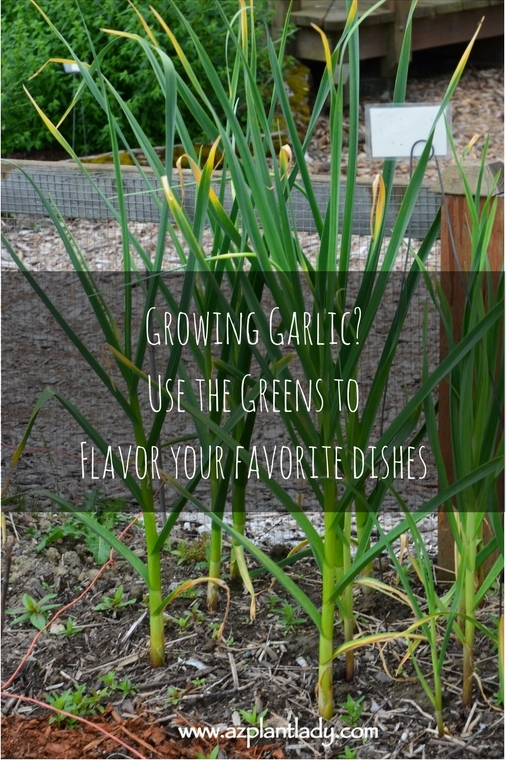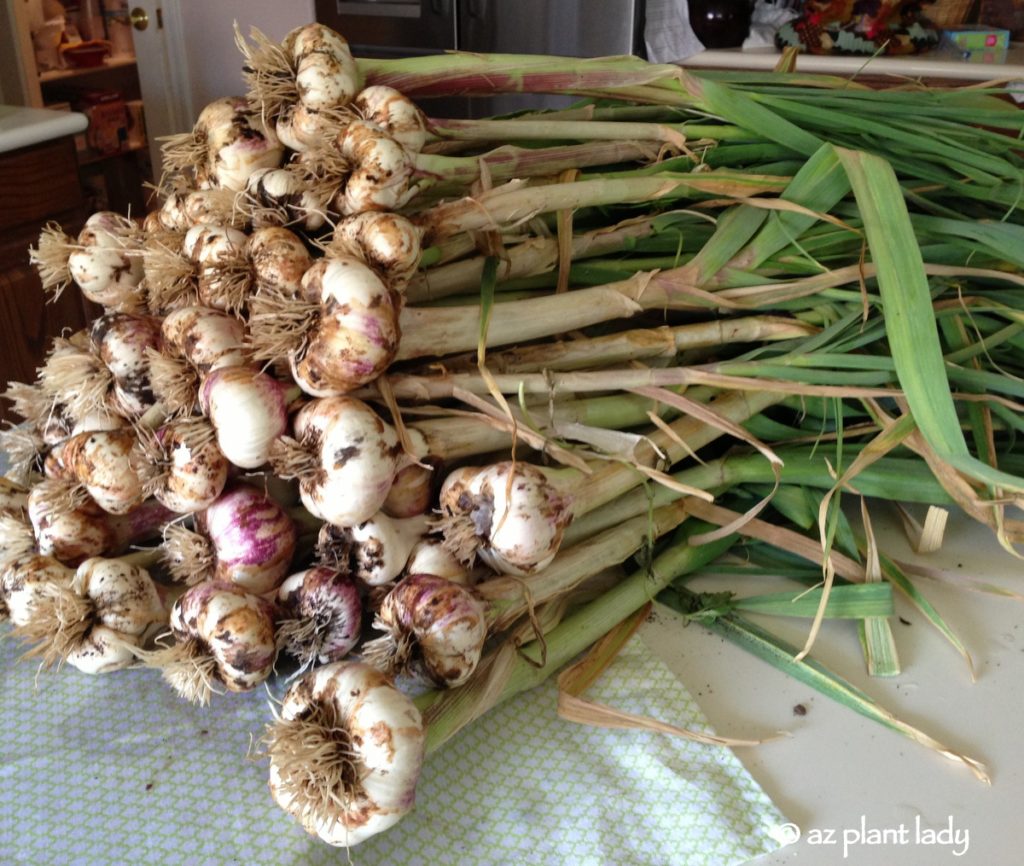Do you love roses?
I do.
For those of you who have been following me for any length of time, you know that my love affair with roses is something that I like to share with others. For that reason, on a lovely day in May, I made a visit to the Old West town, Tombstone, Arizona.
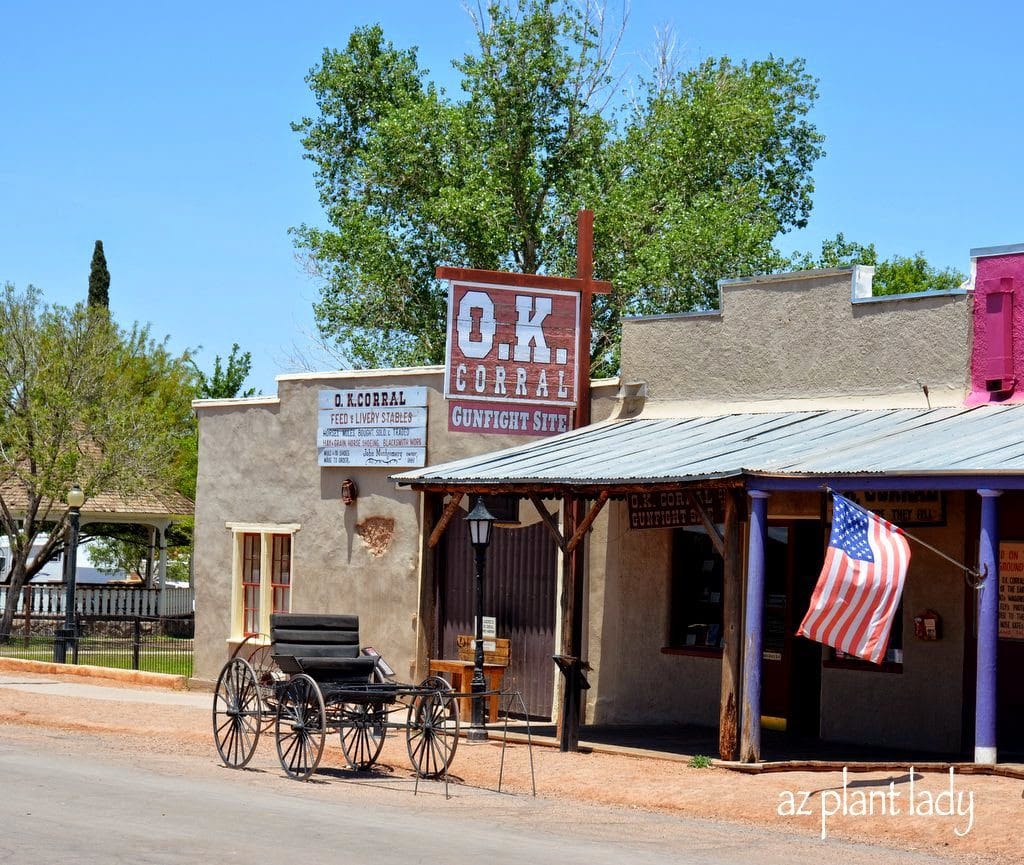
This historic town has two different attractions that appeal to me and my husband. He loves old westerns, and walking along the main street and seeing where the famous gunfight took place is something he enjoys. While it’s fun to explore the real-life places from long ago, my favorite destination lies just a block off of the main street…
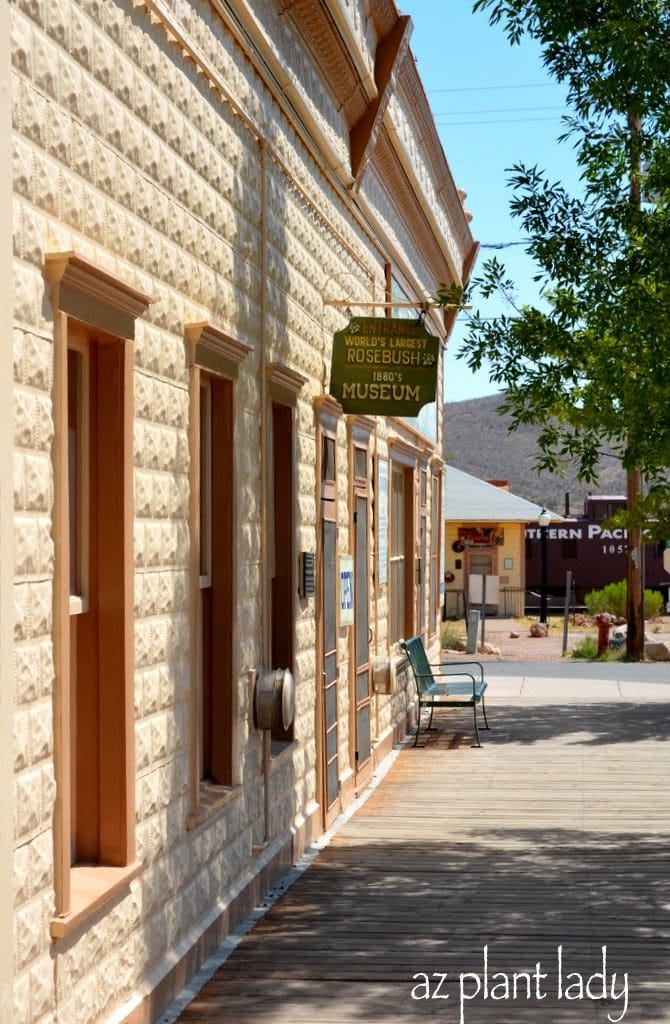
At first glance, you would never know that a famous plant resides beyond the front door of this historic inn that is now a museum. However, it is in the backyard of this building, the “Rose Tree Inn”, which lies the “World’s Largest Rosebush“.
Due to my love of roses, and having heard of this famous rosebush I am excited to see it in person.
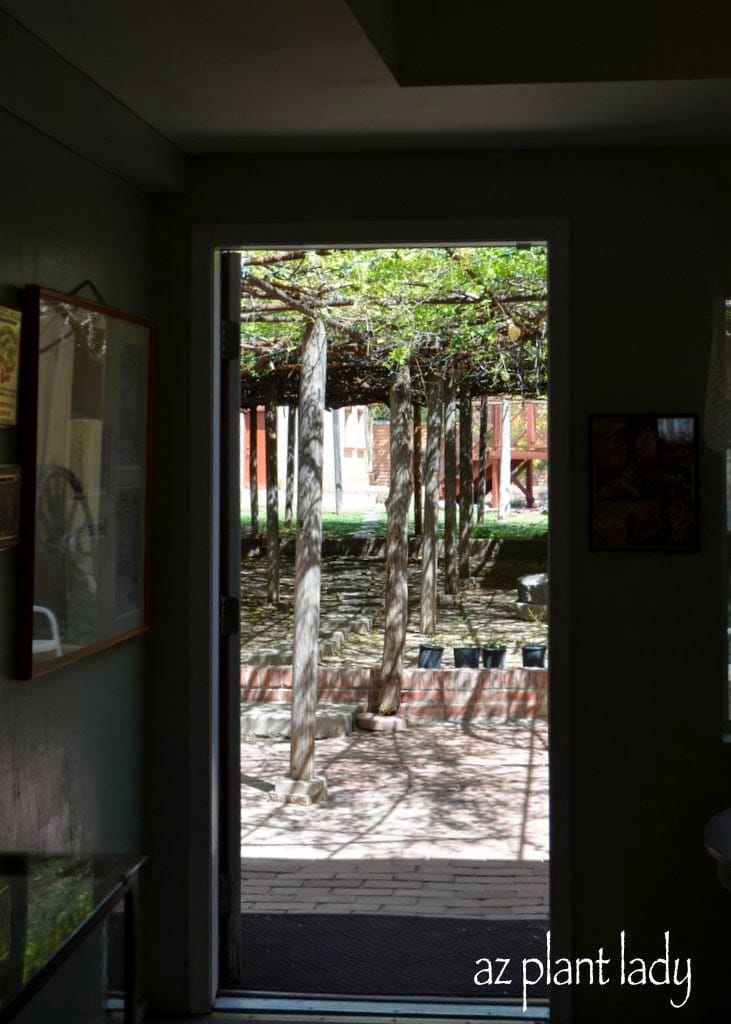
As you walk into the little museum, you feel as if you have stepped back into time within its rose-scented interior. As I venture toward the back where the rosebush is, my first impression is of a beautifully shaded patio area.
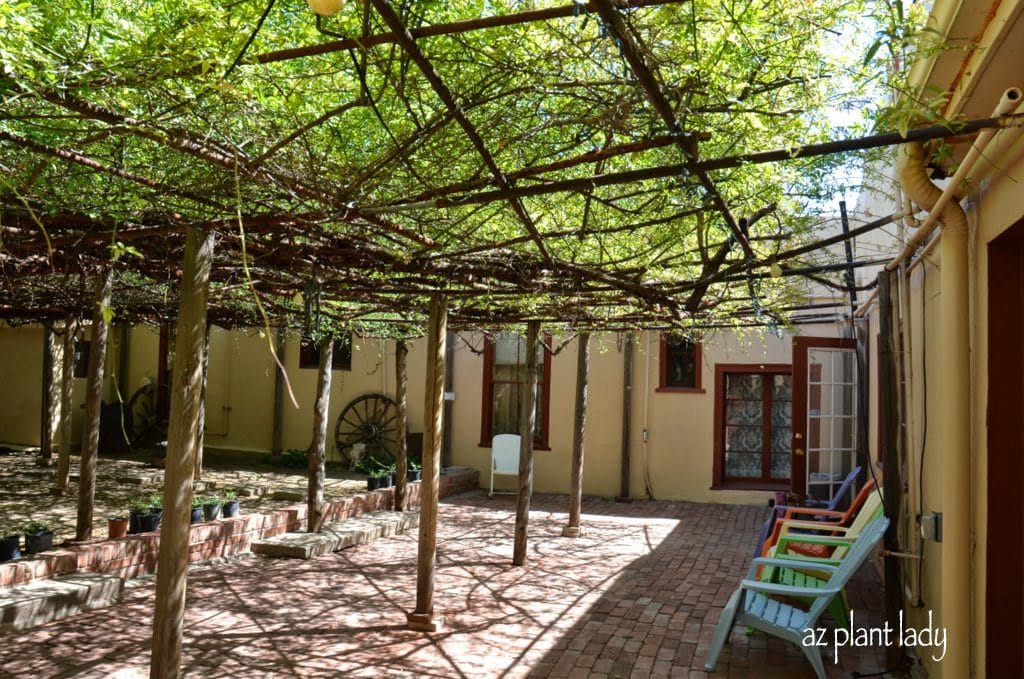
Over the patio, the outer branches of the rosebush create dappled shade.
As you make your way toward the main part of the rose bush, the sheer enormity of its size begins to be evident.
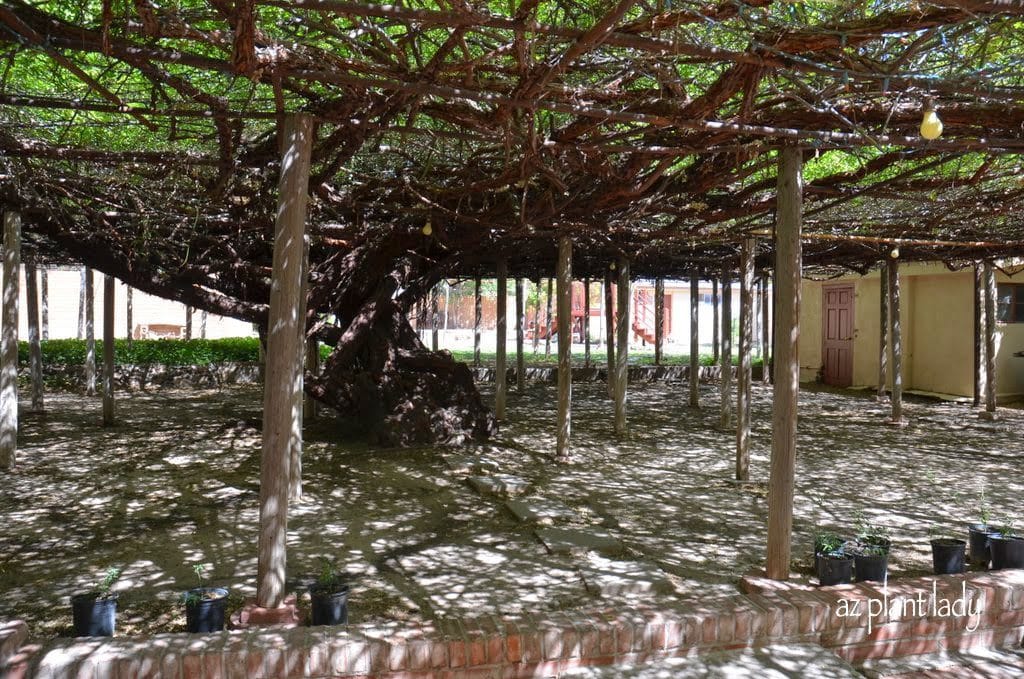
In the center of the branches, you can see the large, twisted trunk of the rosebush.
It is really hard to get the scale of how big it is from pictures – but look at how small the door looks off to the right side.
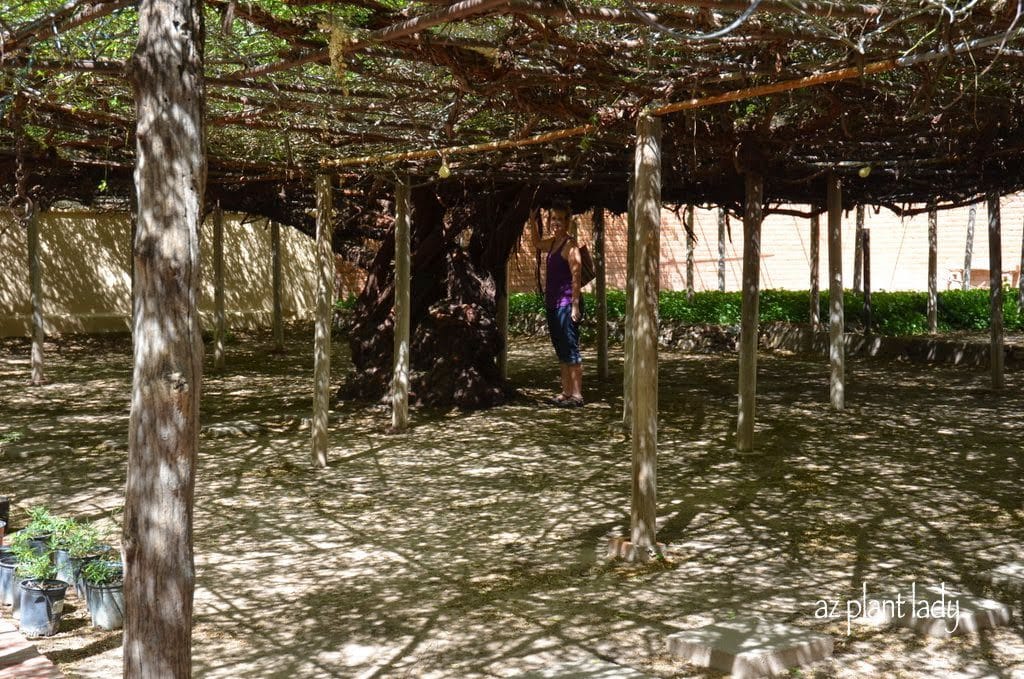
Now, see how big it looks with me next to it in the picture, above. Note – I am fairly tall at 5’9″.
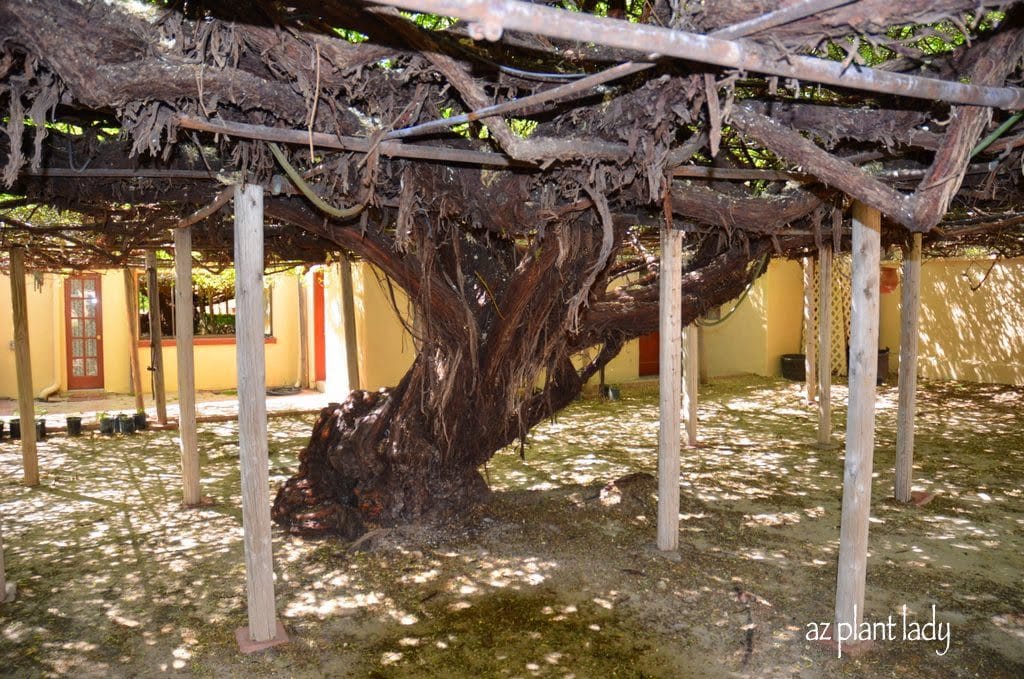
The trunk is approximately 12-feet around and very shaggy with strips bark falling off. It definitely looks old.
This photo is taken with a flash, which lights up the area considerably. In actuality, it is very shady underneath.
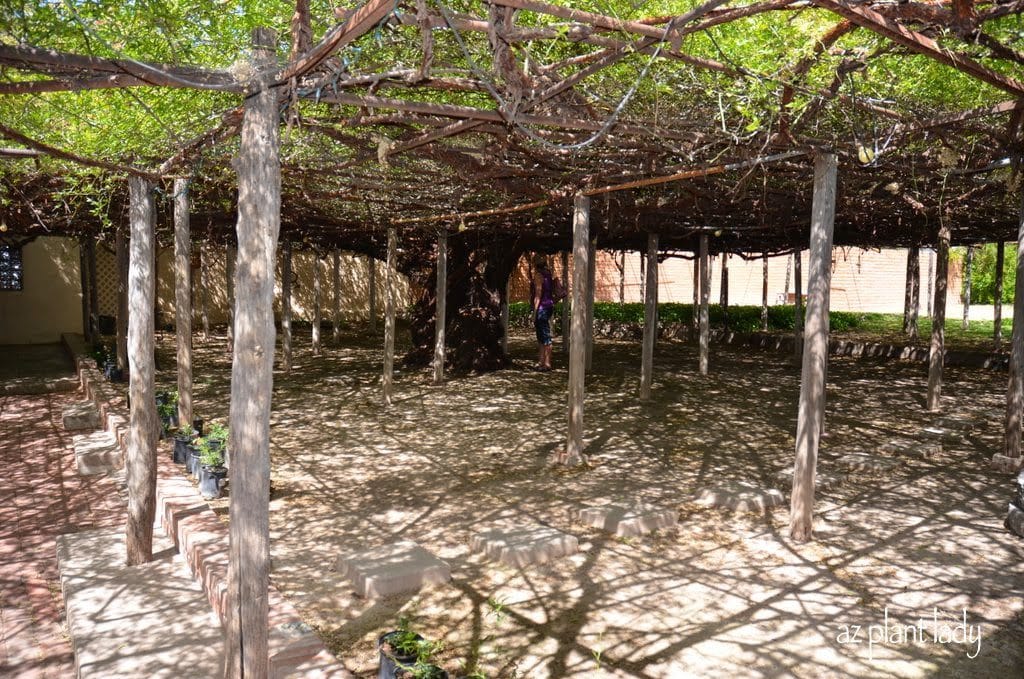
Even when you stand right next to it, you can’t quite believe the enormous size.
This rosebush is not only the world’s largest – but it is also very old. For that reason, the history of the rosebush and how it came to be in Tombstone is quite interesting.
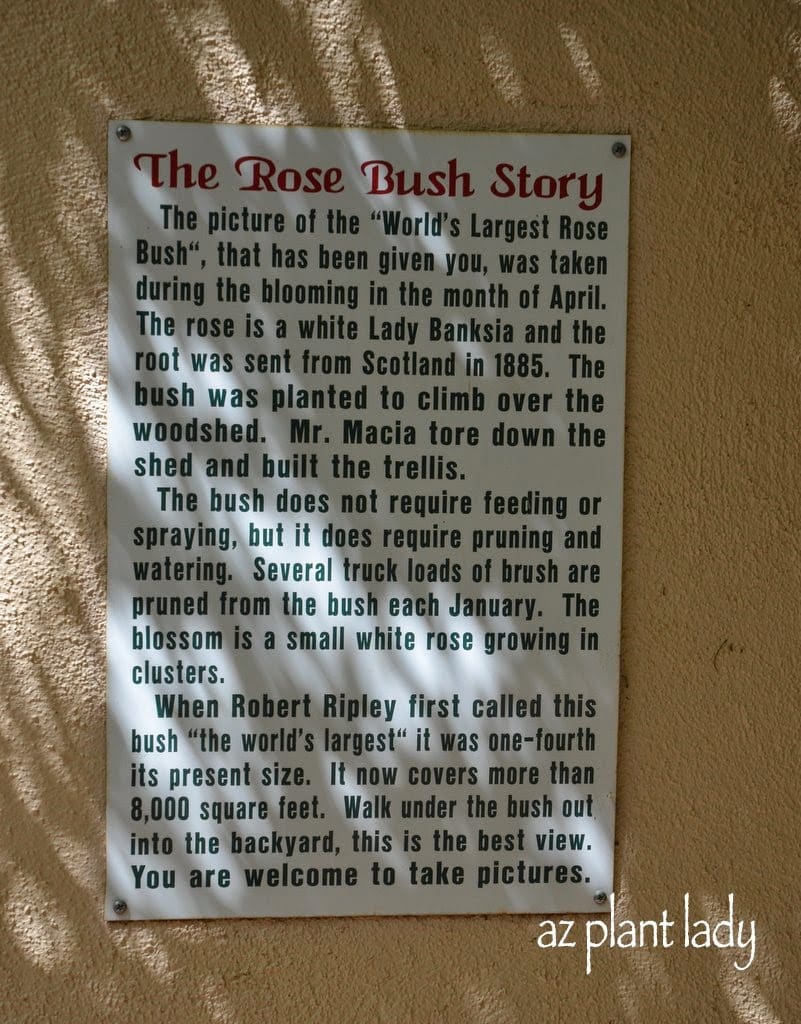
History
Then the rose came from Scotland in 1887, which makes it over 130 years old. A young Scottish immigrant and her husband moved to Tombstone in 1885. Her family sent their homesick daughter a box filled with cuttings of her favorite rosebush from home.
She gave one of the cuttings to her friend, Amelia Adamson. Together they planted the rosebush in back of Amelia’s boarding house where it has obviously flourished in its new surroundings.
Years later, the rosebush began to get attention with its large size. Consequently, it was declared the world’s largest in the 1930’s.
Now, the Tombstone rosebush reaches over 8,000 square feet!
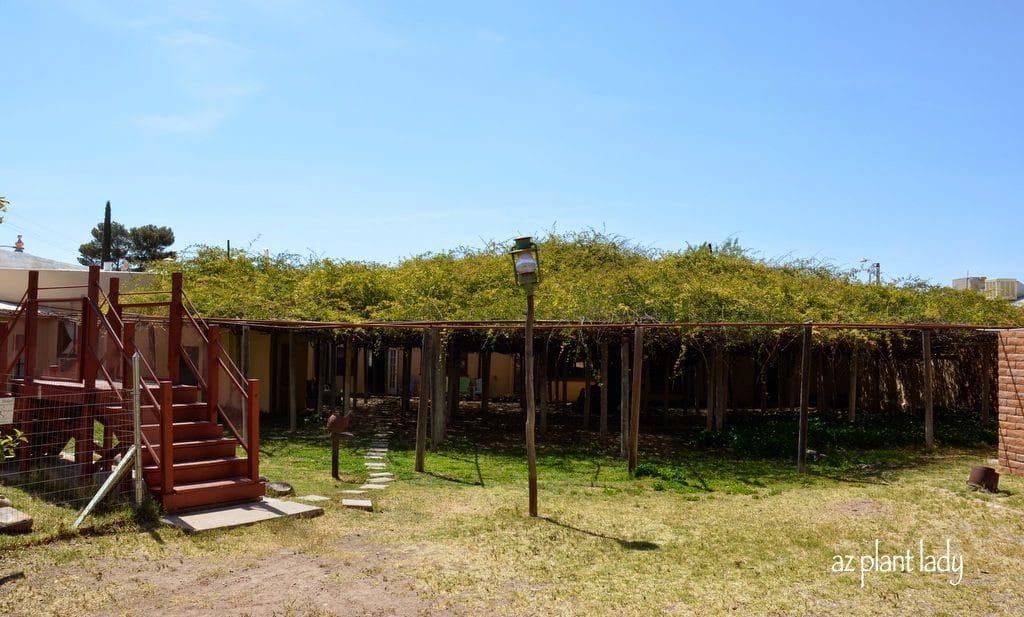
To get an overall view of the rosebush, you walk to the other side where there are steps to climb. Because the only part you see underneath the patio are its branches, the view from above is quite different. As a result, you have a clear view of the lacy foliage and flowers in the spring.
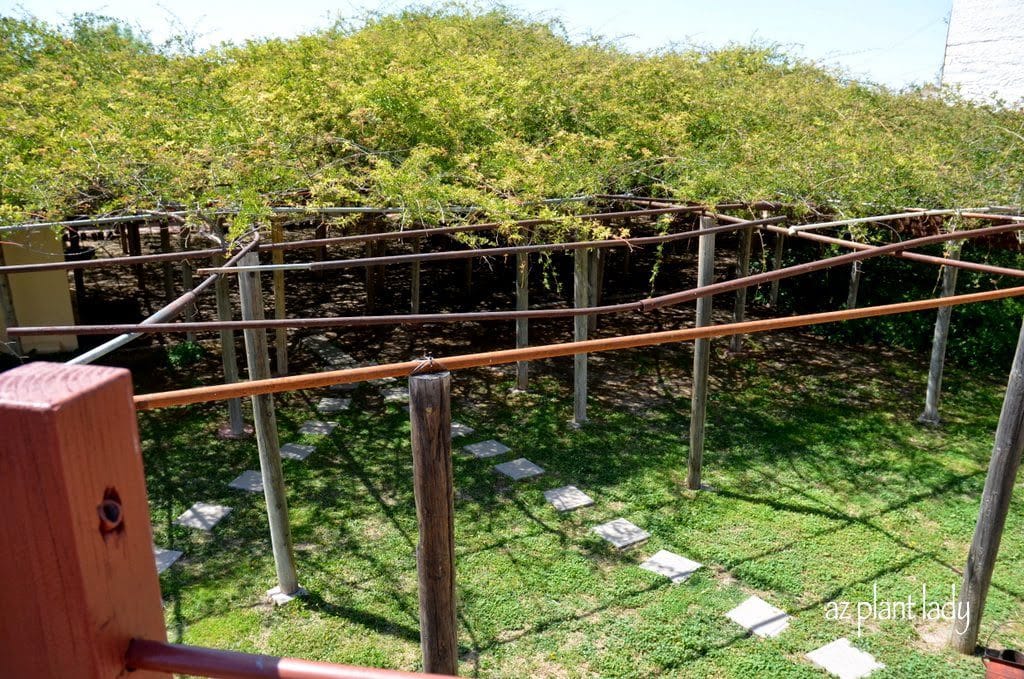
Can you imagine how beautiful this would look in bloom? It is said that roses absolutely cover the entire upper part of the rosebush with fragrant, white flowers…
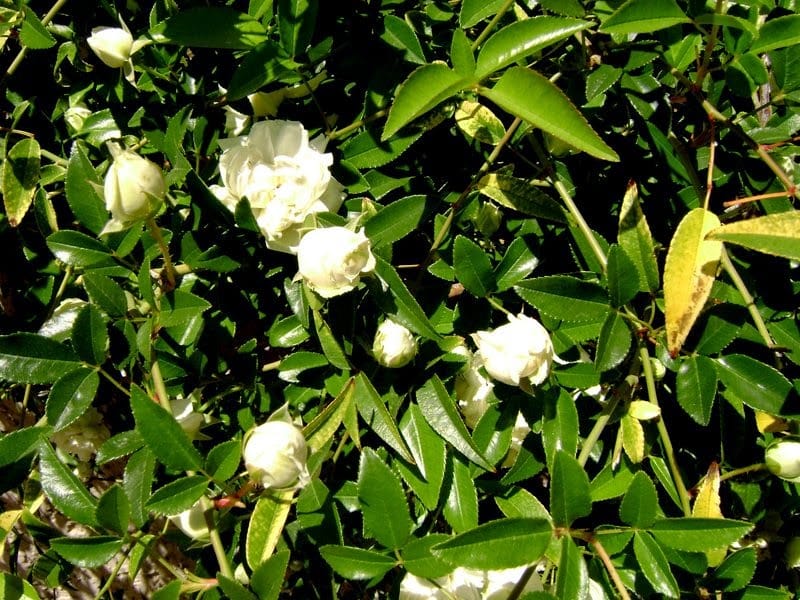
This is a close-up of the flowers from a different Lady Bank’s rose.
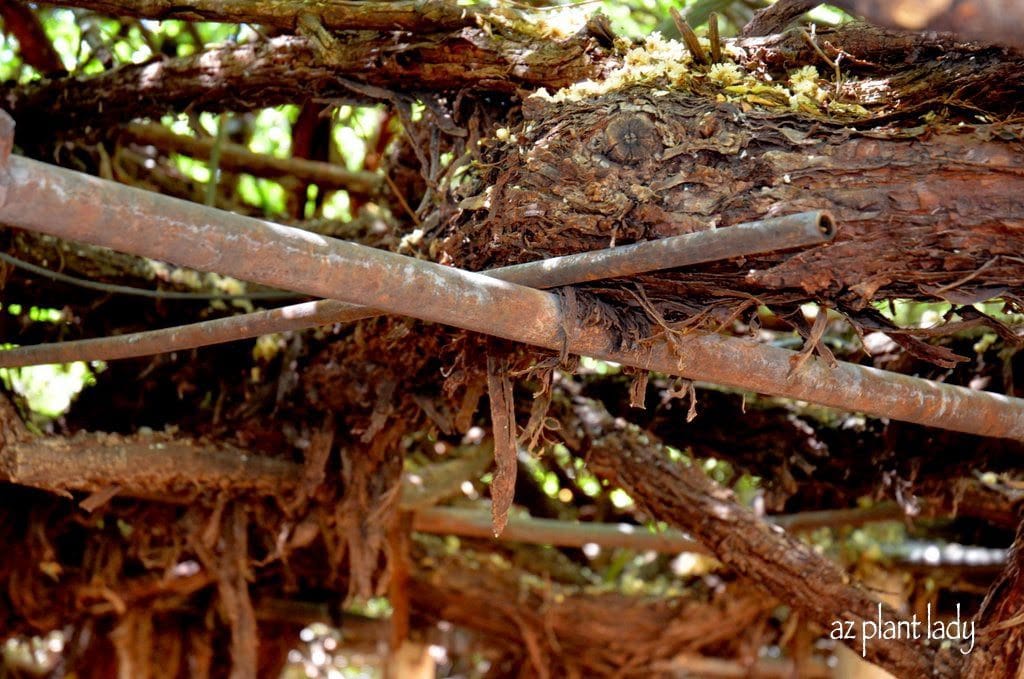
As you can imagine, holding up a rosebush this large isn’t easy. Therefore, metal rods form a checkerboard pattern that are large wooden posts hold up.
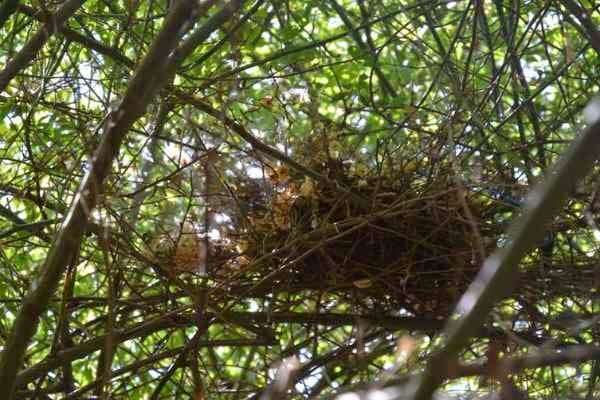
I spot a bird’s nest within the branches.
After I finish with my photos, I stroll back into the museum where I notice row of small rose bushes.
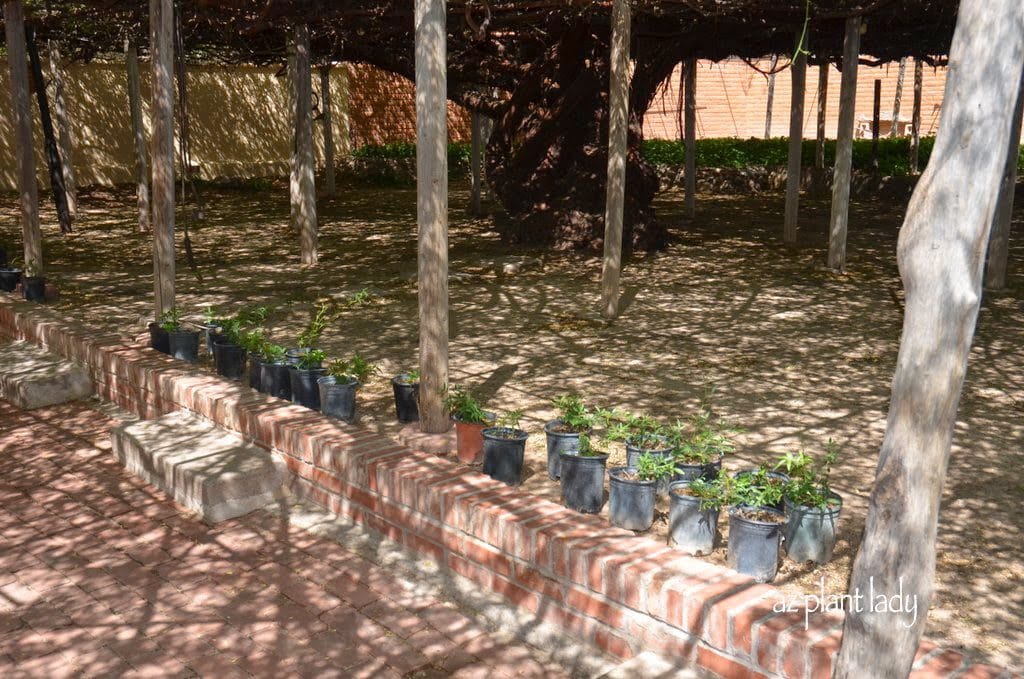
Above them is this sign…
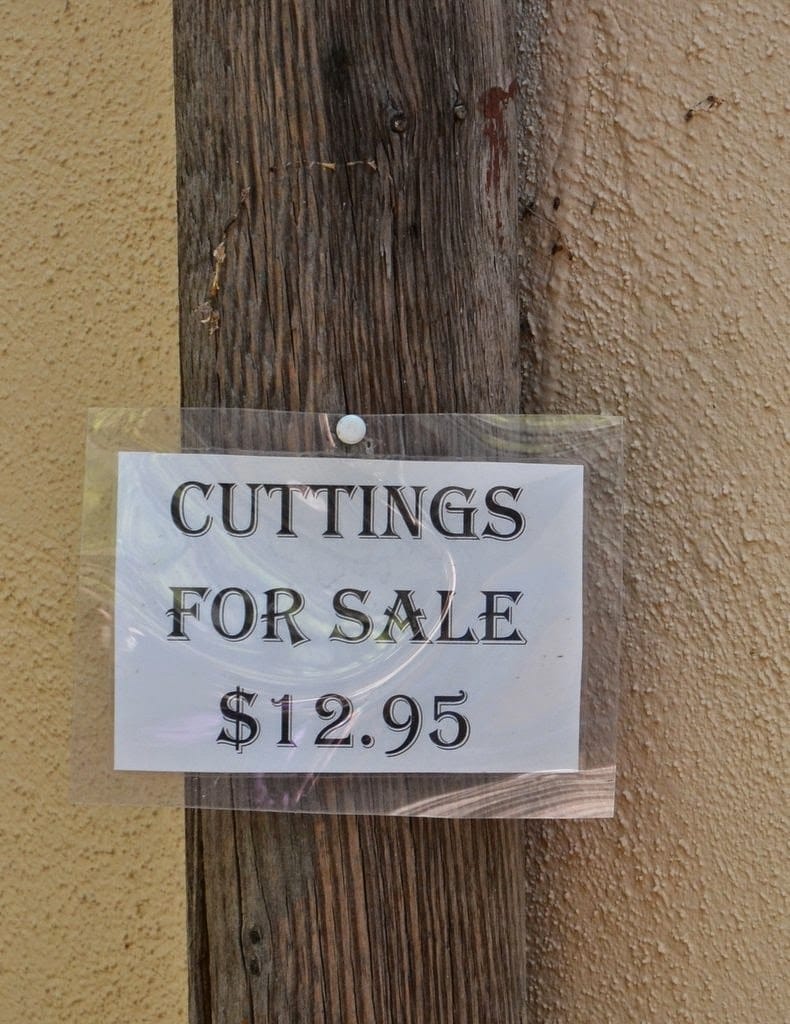
Well, I don’t describe myself as an ‘impulse buyer’, I just have to buy a cutting from this historic plant.
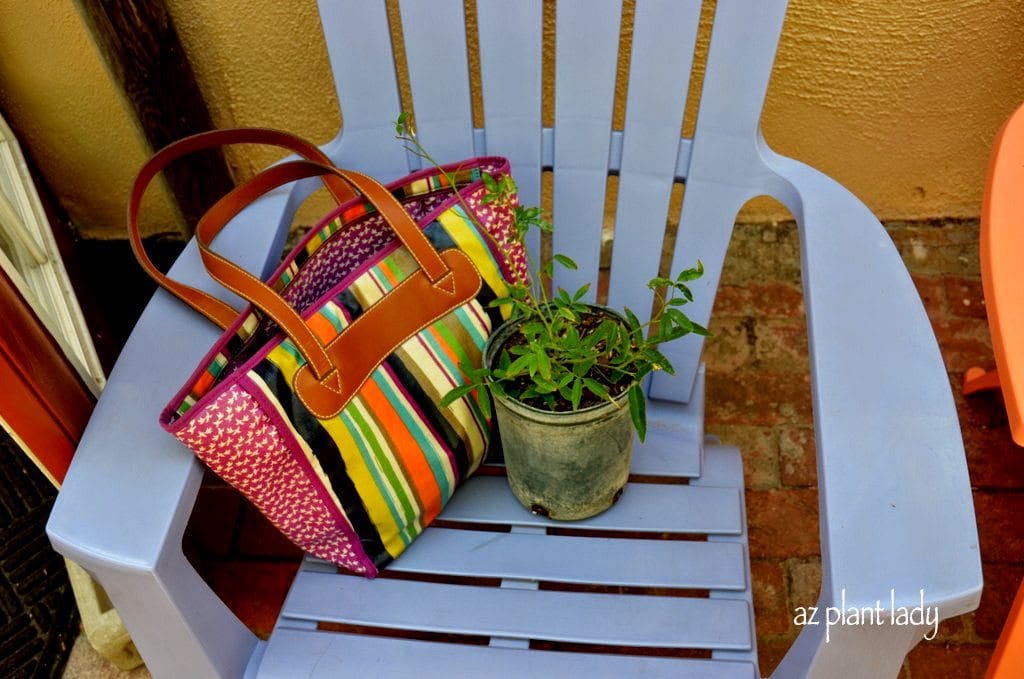
I do have a good spot for it where it can grow up on the wall in my side yard. Because it can’t climb without support, I will provide a trellis for it to grow up on. Lady Bank’s roses also make great ground covers.
Although this rosebush was an impulse buy, it requires less maintenance than more traditional roses. I certainly can’t wait to grow a piece of the world’s largest rosebush!
Colorful Plants, Spiky Pots, Snakes, Roses and the Prom!

